Thursday, January 31, 2019
Is Buying a Historic Home Right for You?
Some home buyers want new, modern and move-in ready. Others prefer older homes, with character and charm they can't find in new construction. If you’re interested in historic homes, take these factors into consideration as you shop.
Historic neighborhoods often impose restrictions
Many towns throughout the U.S. have zoning and planning commissions that, among other things, set out to preserve and protect historic homes and neighborhoods.
As a result, renovating and altering a historic home - particularly the building’s facade - will require a separate layer of approval and sometimes bureaucracy. If you buy a 100-year-old home, you may not be able to renovate it the way you want, and that is a serious consideration.
Some landmark or historic districts retain an immense amount of control. As a result, renovations and planning can take longer and cost more. If you’re purchasing a historic home with intentions to renovate, you should consult both an architect and town officials.
Recreating architecture from the past can be challenging - and expensive
Let’s consider the example of Victorian-era homes. Contractors and home builders constructed Victorian homes through the mid to late 19th century, often with materials that are no longer in use today.
If you buy a home in less-than-perfect condition, finding the wainscoting, picture rails, crown moldings, and richly decorative and ornate features common in Victorian architecture can be tricky. Architectural salvage companies can track down these materials, but there’s often a steep cost attached.
Repair and maintenance needs could be extensive
Most buyers want move-in ready homes because they don't have the time, money or energy to embark on a renovation project. These buyers also don't want to be burdened with systems going out or having to live with older or outdated technology. For them, it's a quality of life issue.
If you want a historic home, you need to have a maintenance strategy in mind. Unless you plan to do major renovations or updates (subject to any landmark or historic area regulations), you have to be ready to address issues that arise. Broken systems, leaks or flaws mean time and money.
For history buffs, no amount of time commitment or money will stand between them and a one-of-a-kind home. That person appreciates the architecture and knows that intensive maintenance is par for the course. If you don't share that appreciation, a historic home is not right for you.
Related:
- This Historic Connecticut Home Once Hosted a Dancing George Washington
- Living Legacy: Making a Family Home in a Historic Mansion
- 1800s Estate Proves History Is Anything But Drab
Note: The views and opinions expressed in this article are those of the author and do not necessarily reflect the opinion or position of Zillow.
Originally published February 2015.
via Zillow Porchlight http://bit.ly/2G1S5Ql
Wednesday, January 30, 2019
This Philadelphia Farmhouse Is a Historic Stunner
Take a stone farmhouse from 1810, mix it with the best furnishings you can find at flea markets in Paris, and the result is this exquisitely renovated Colonial home outside Philadelphia.
A walk-in fireplace graces the living room, while the formal dining room boasts French doors that open onto a screened porch. For a cozier ambiance, the library of this 4-bedroom, 3,800-square-foot home features a fireplace and picture-window views.
A beautifully upholstered floating wall was installed in one bedroom to allow a lake view while lounging in bed. A chandelier hangs above the bed, and behind it is a sitting room.
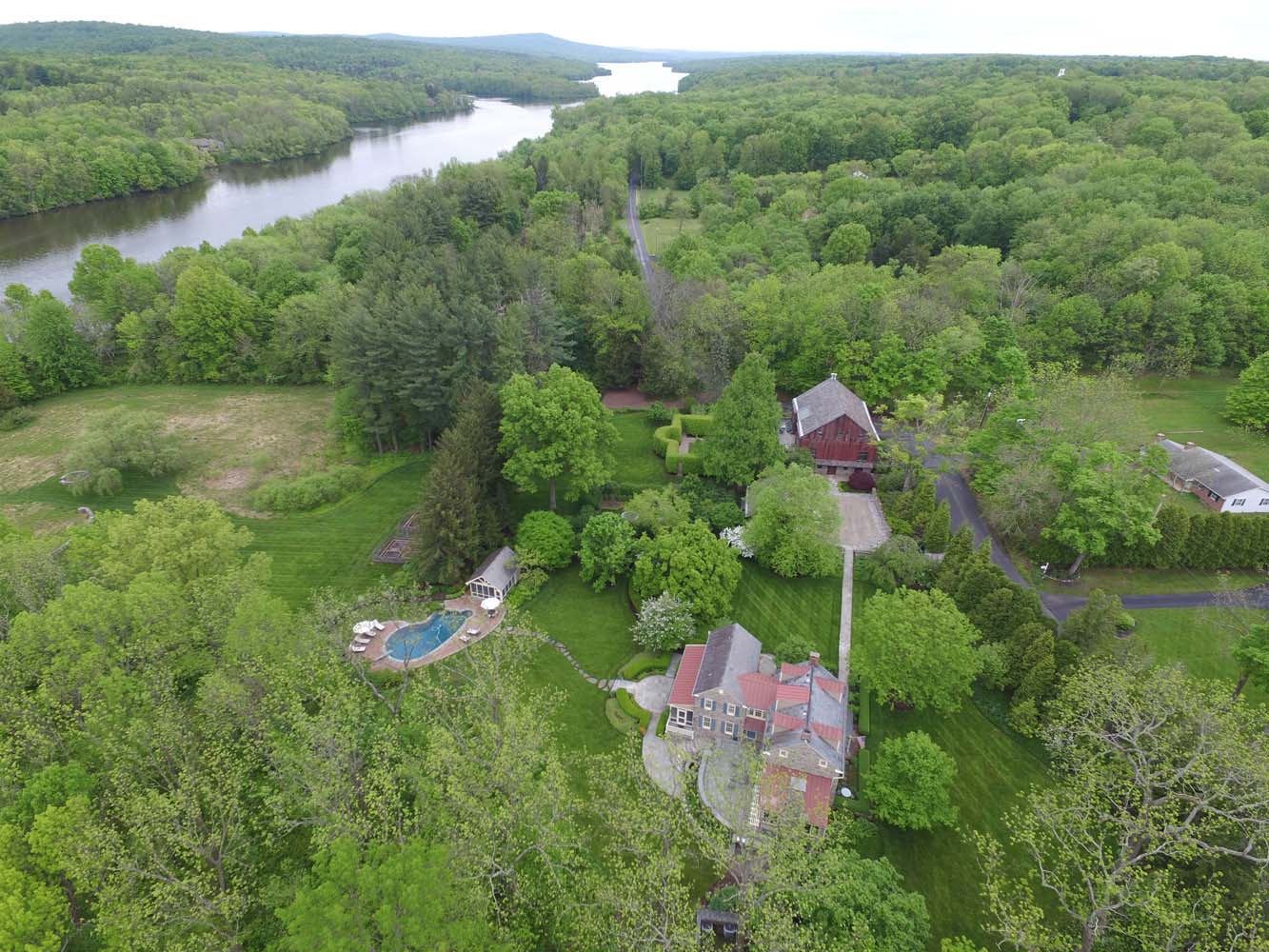
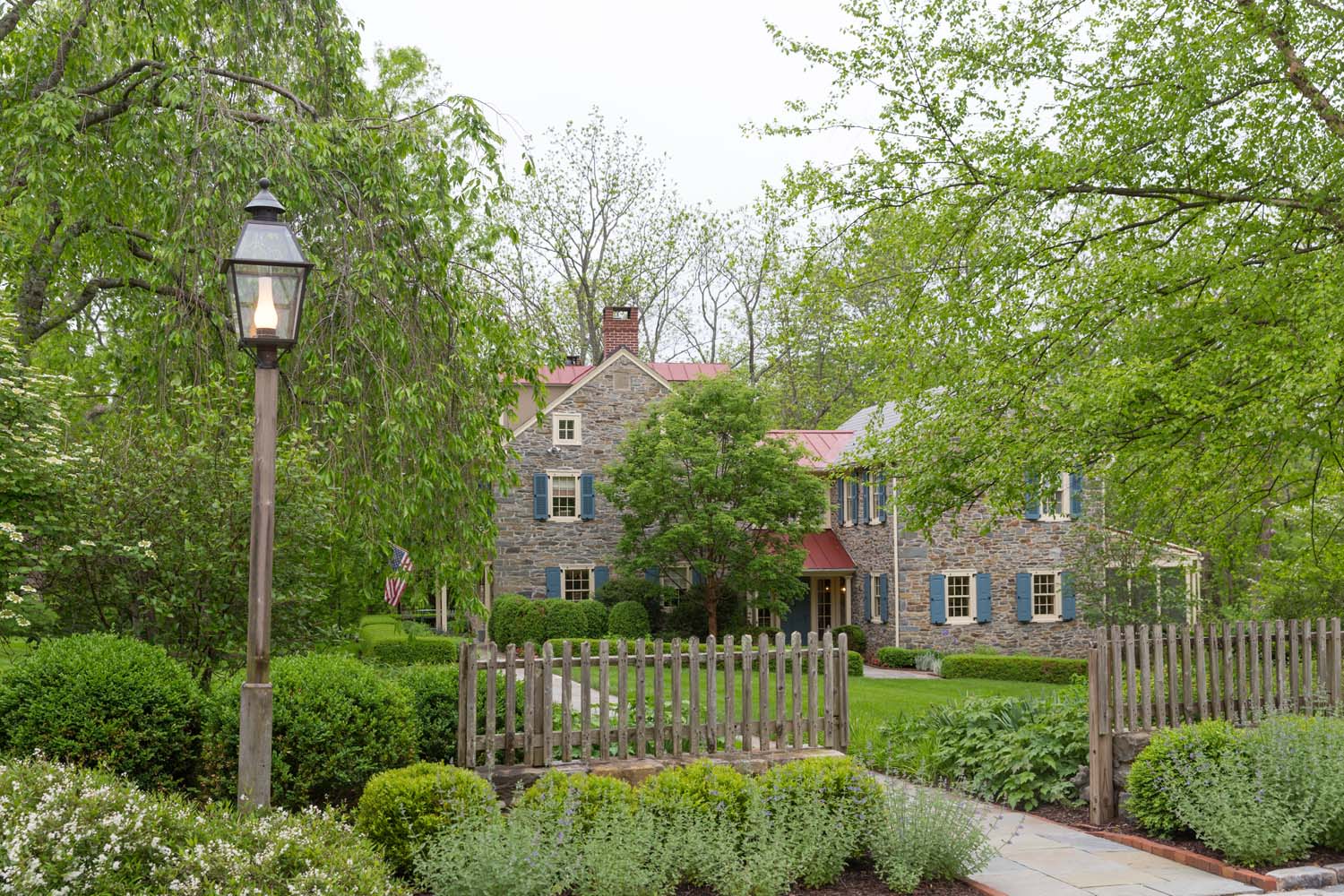
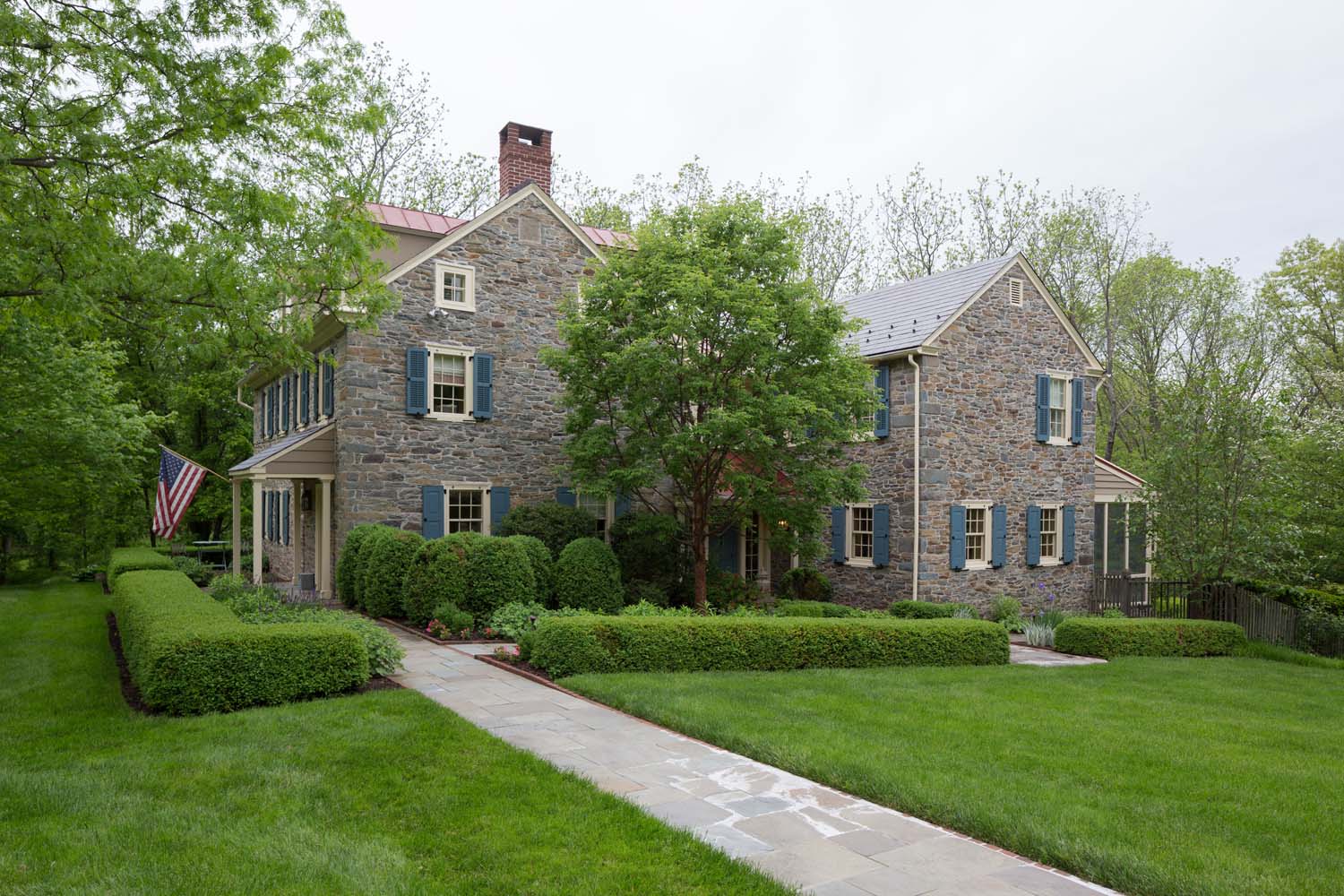
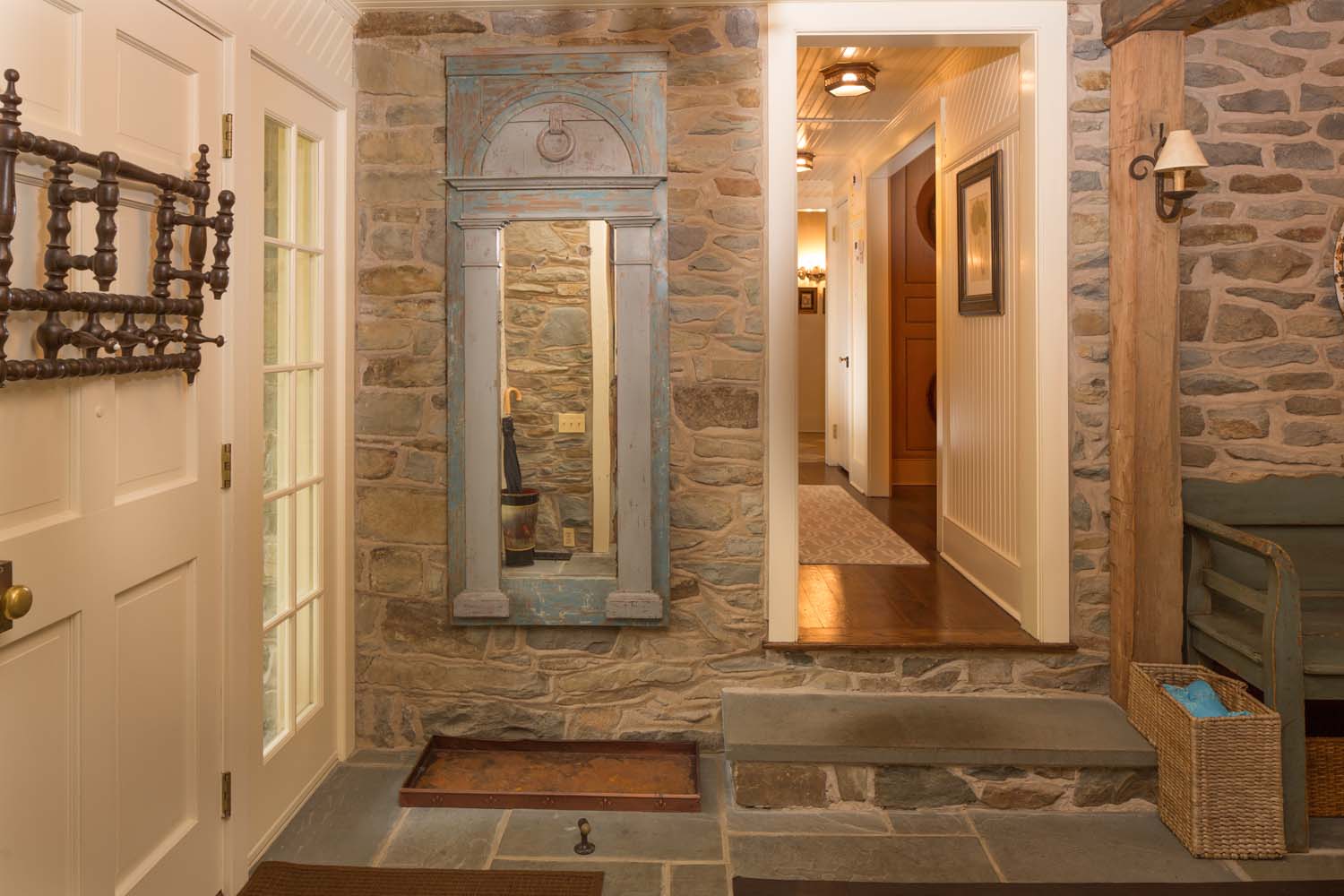
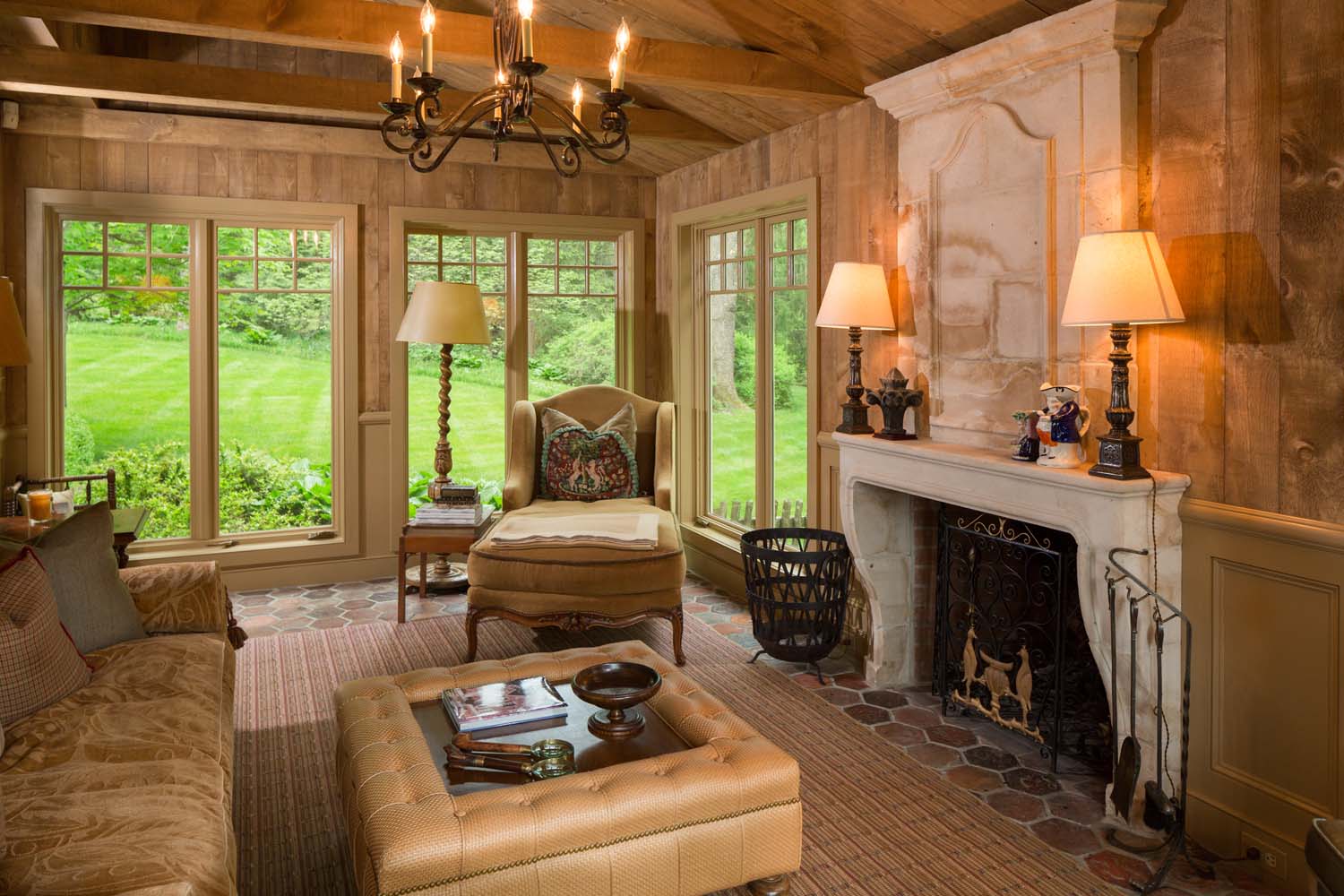
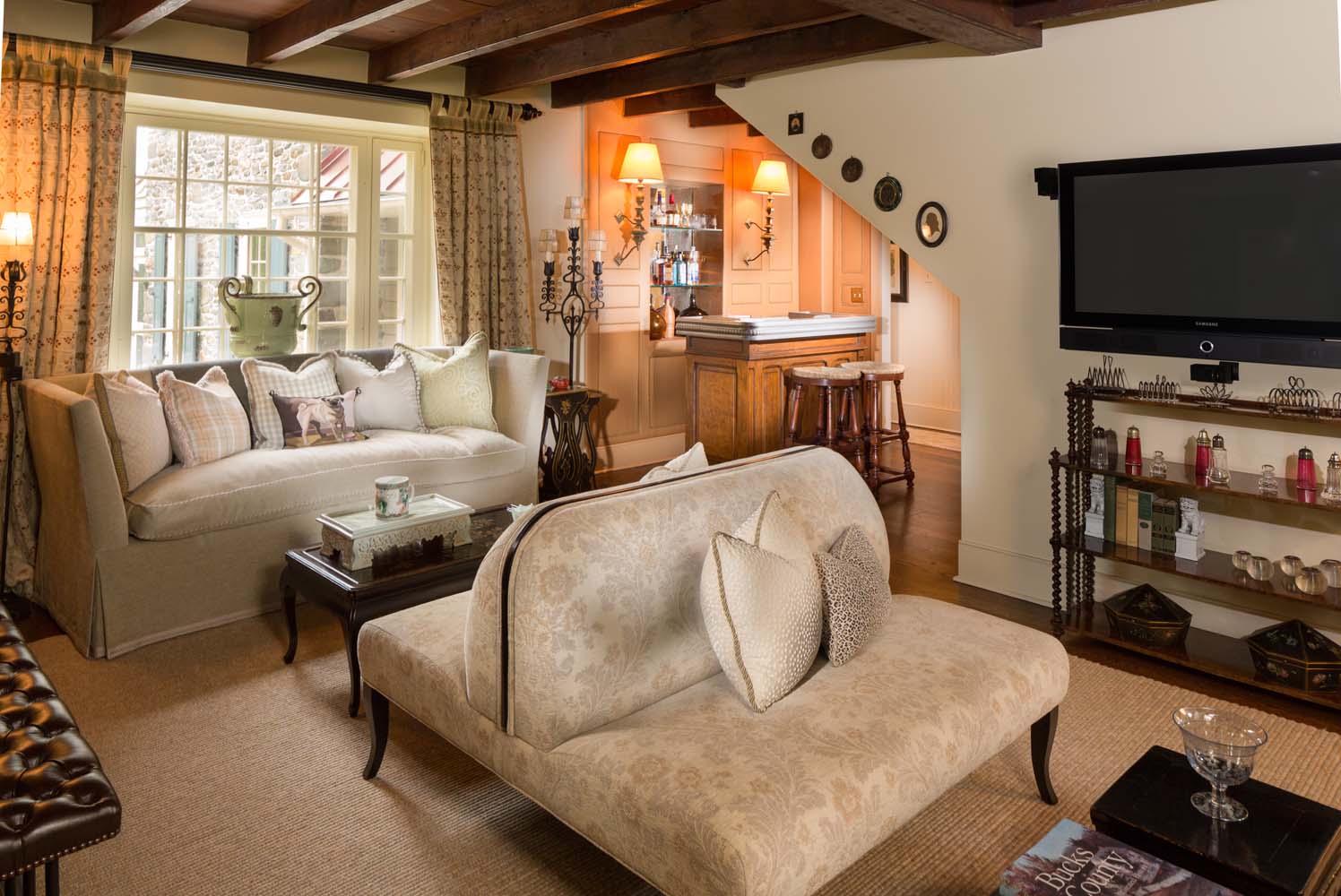
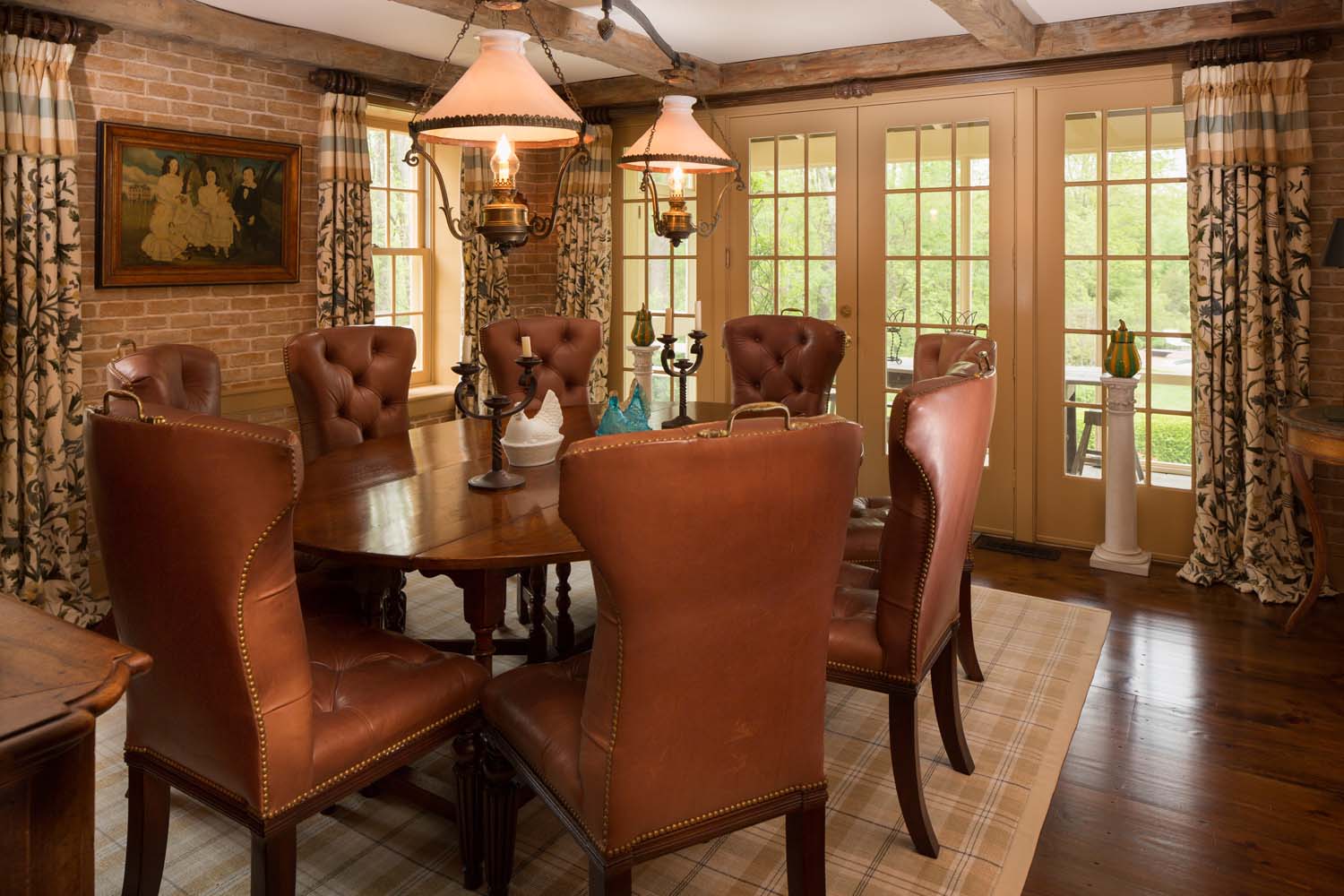
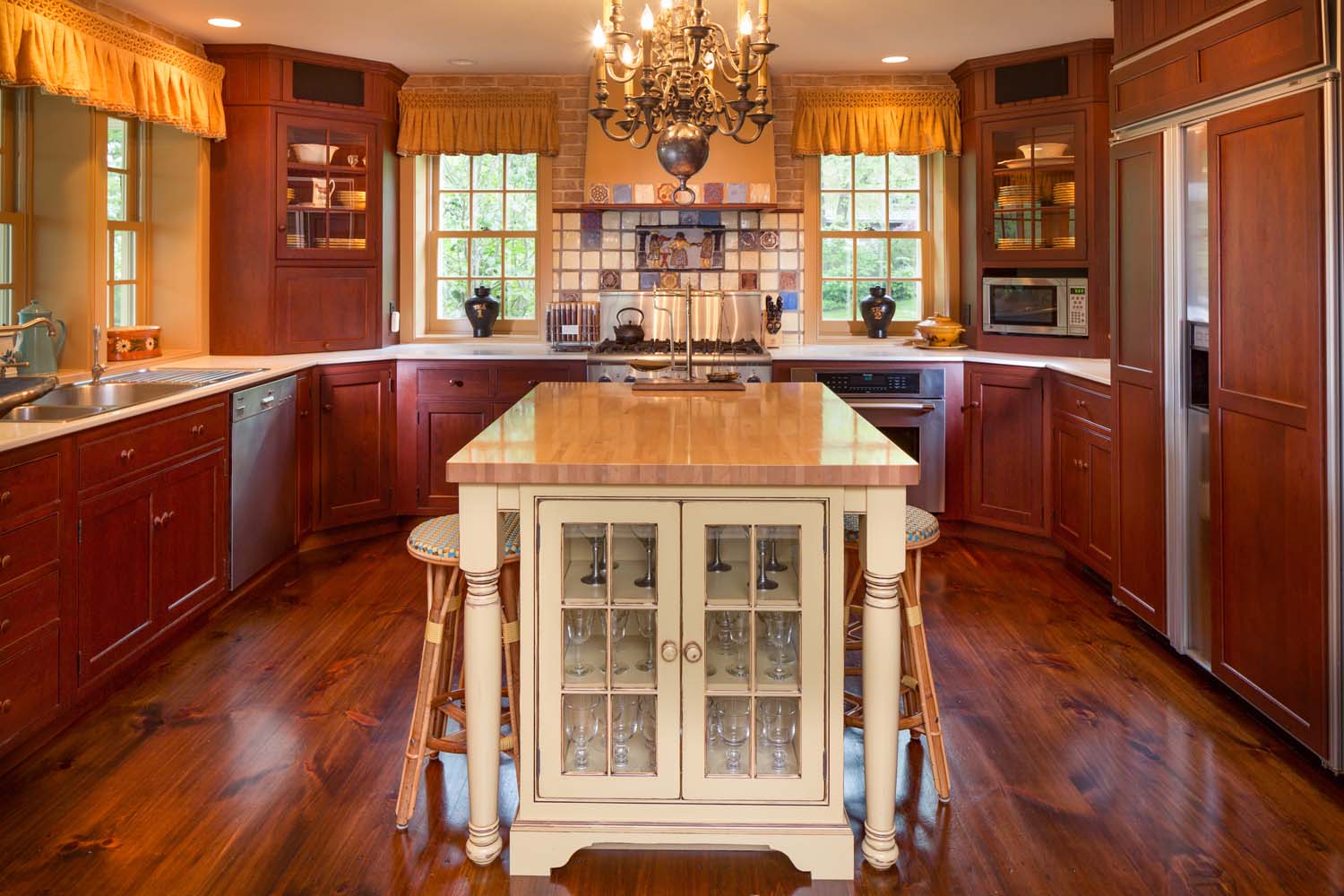
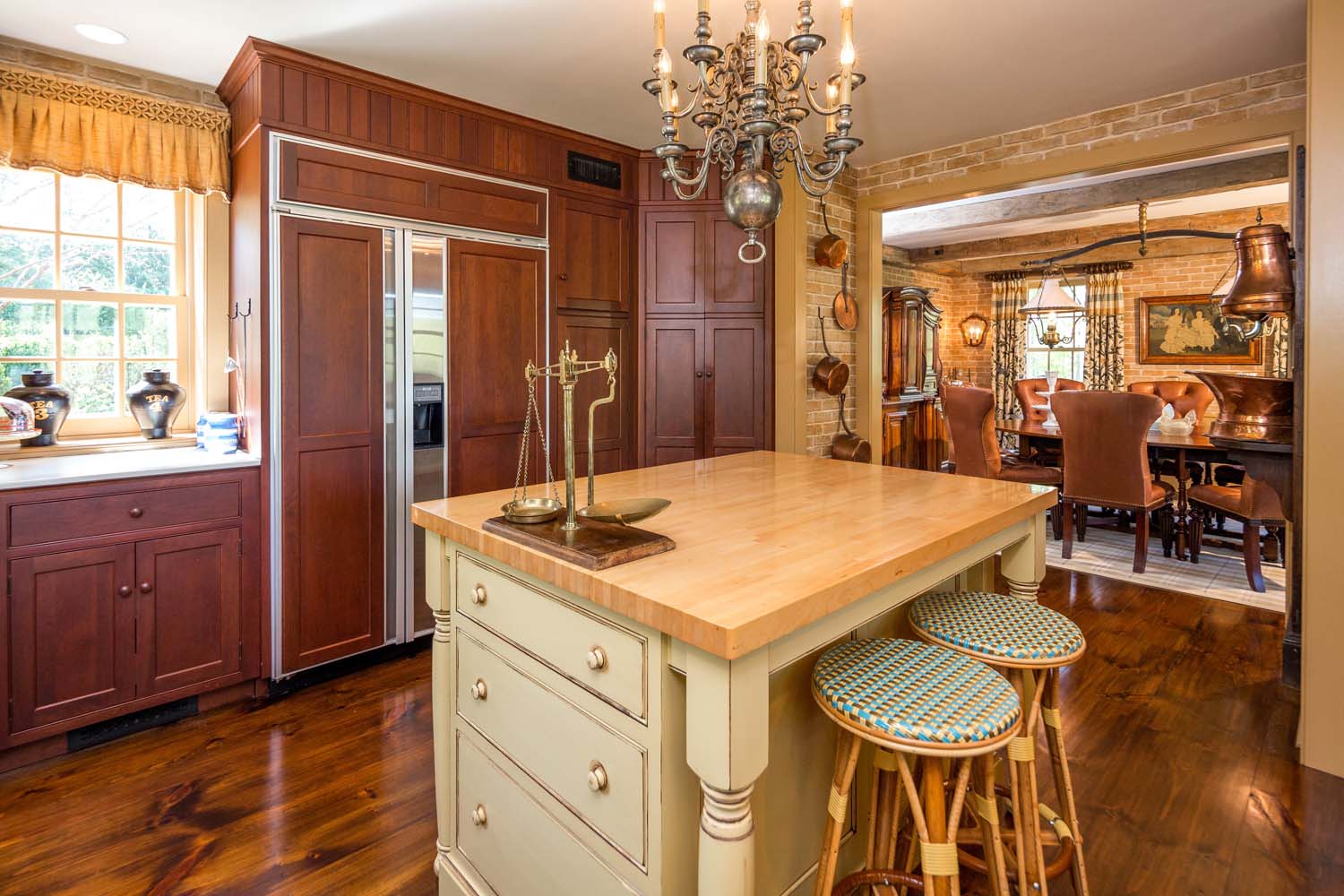
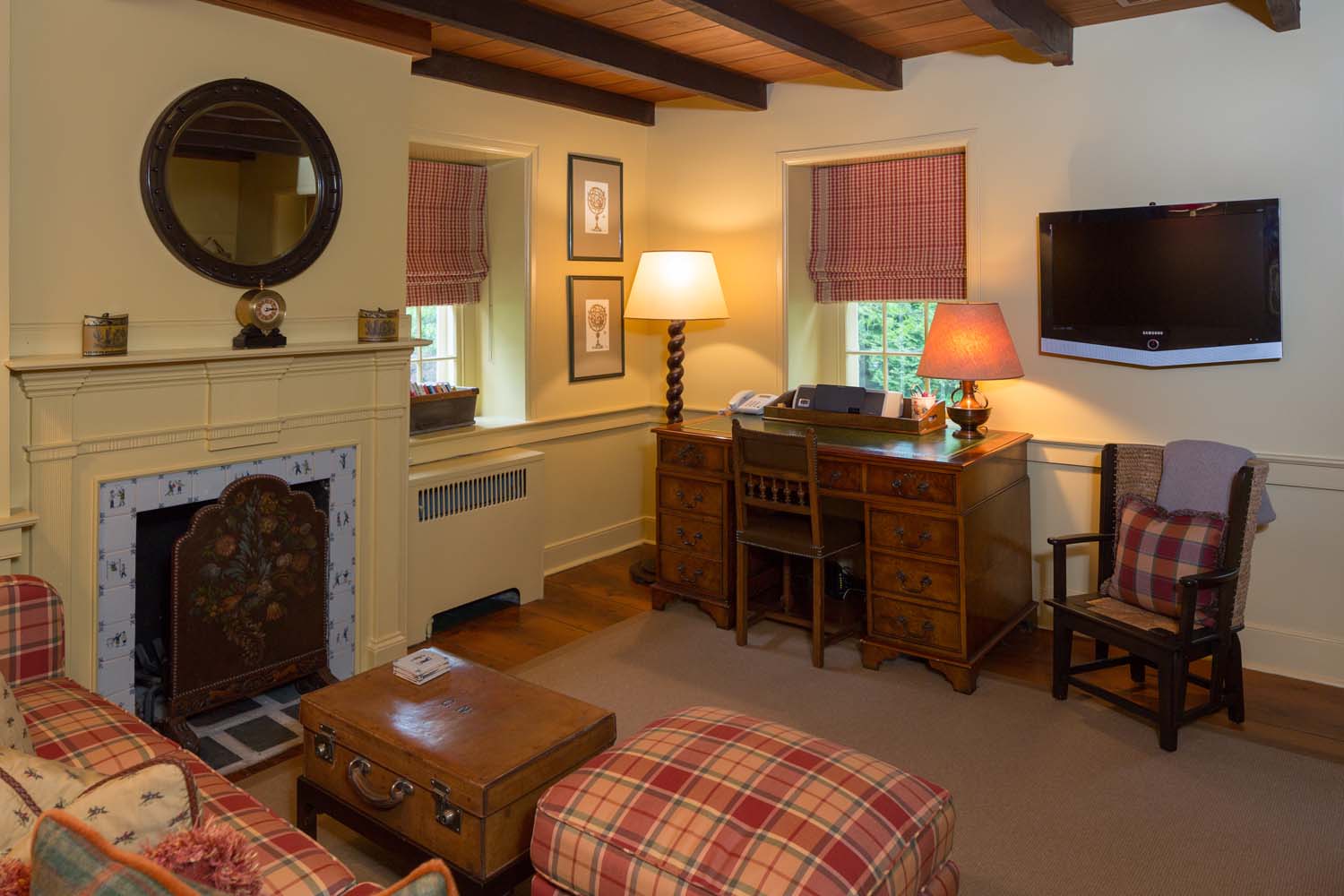
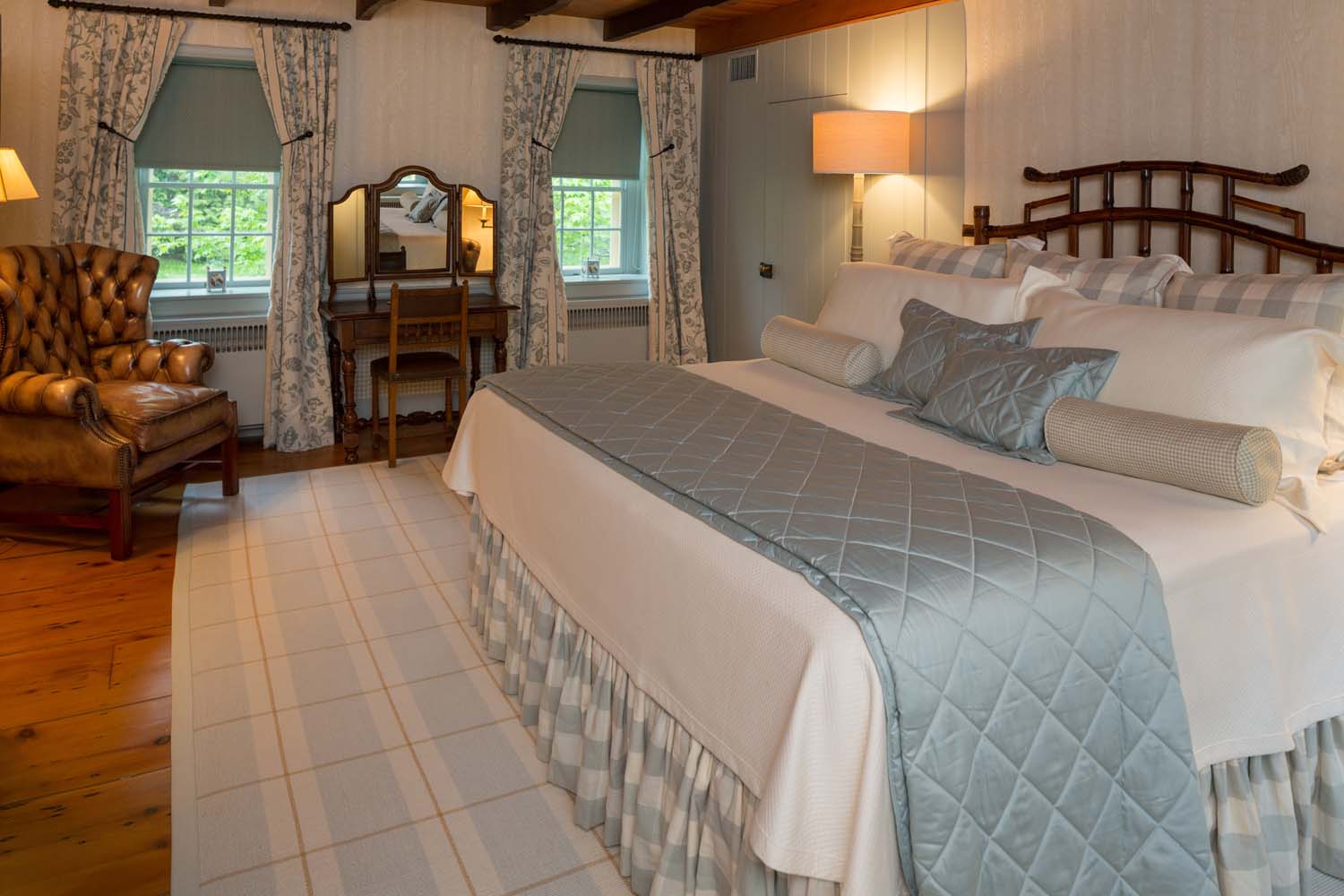
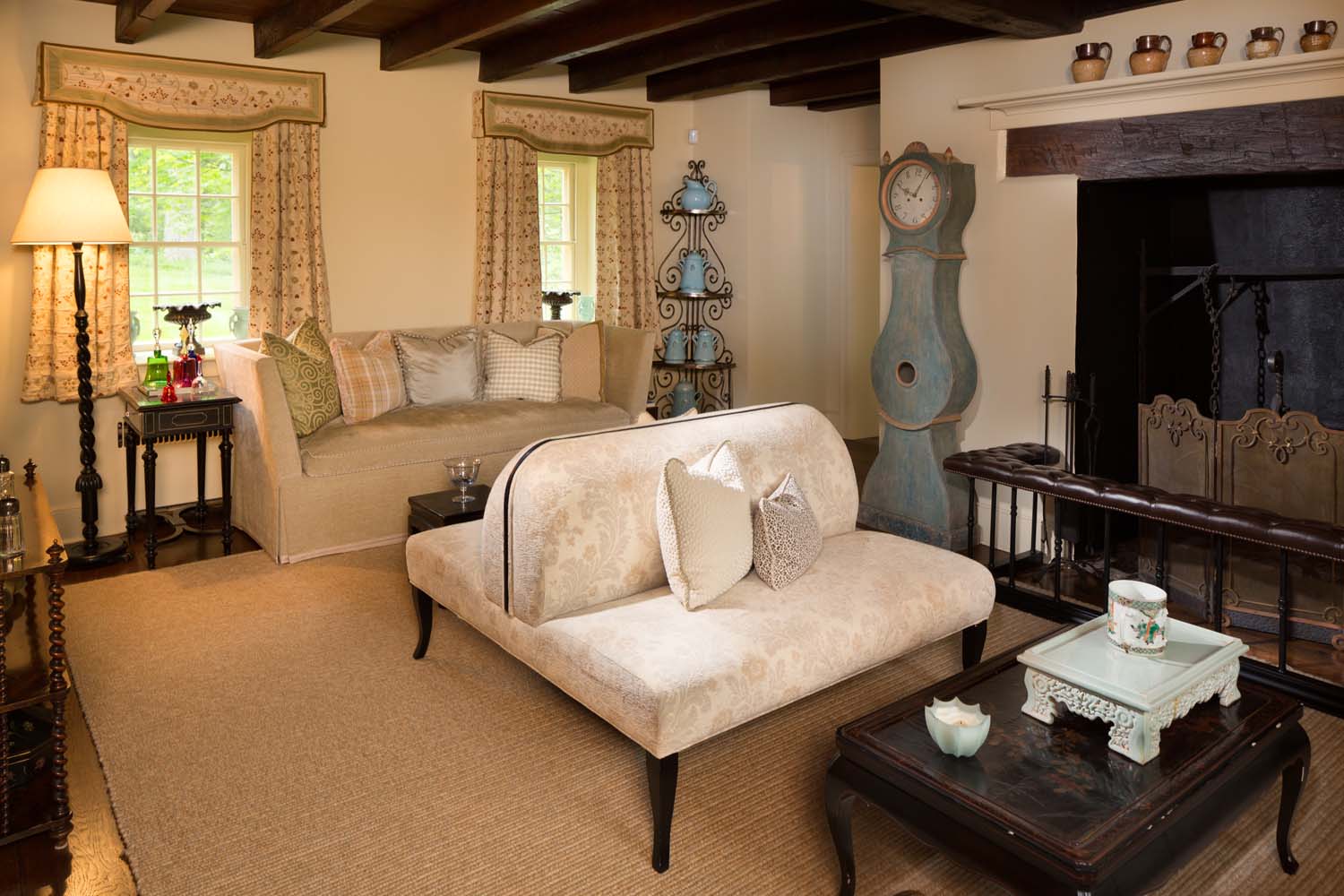
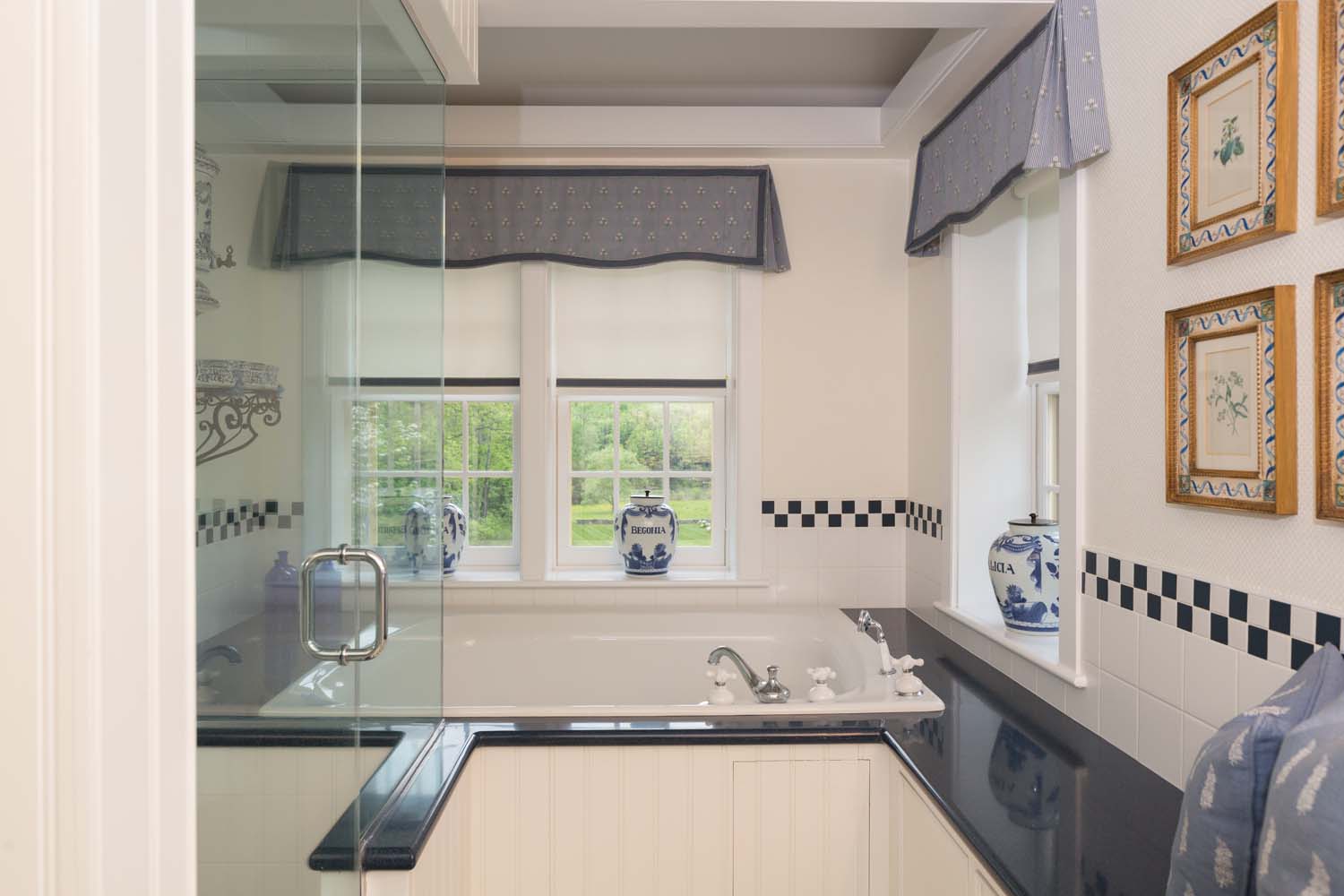
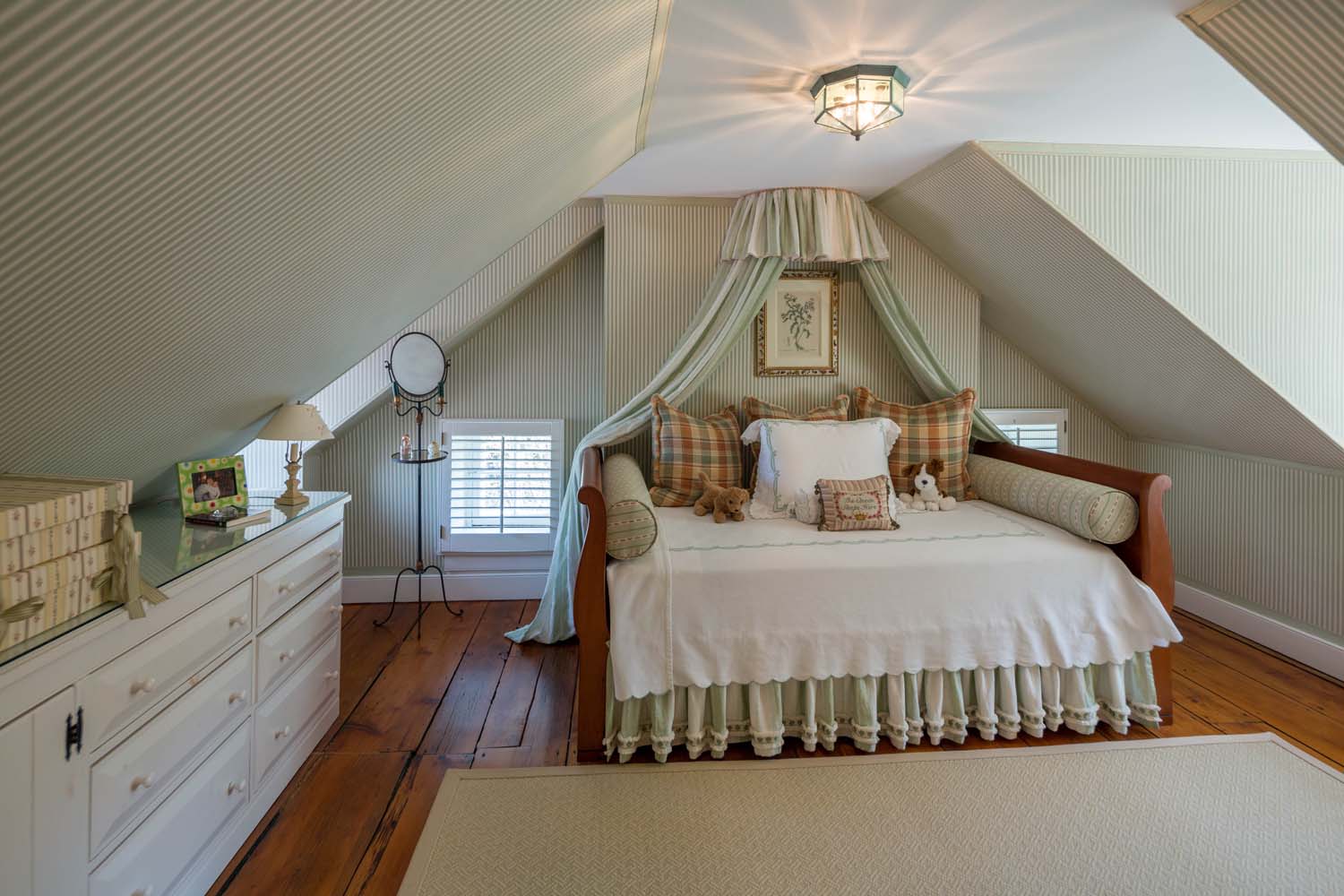
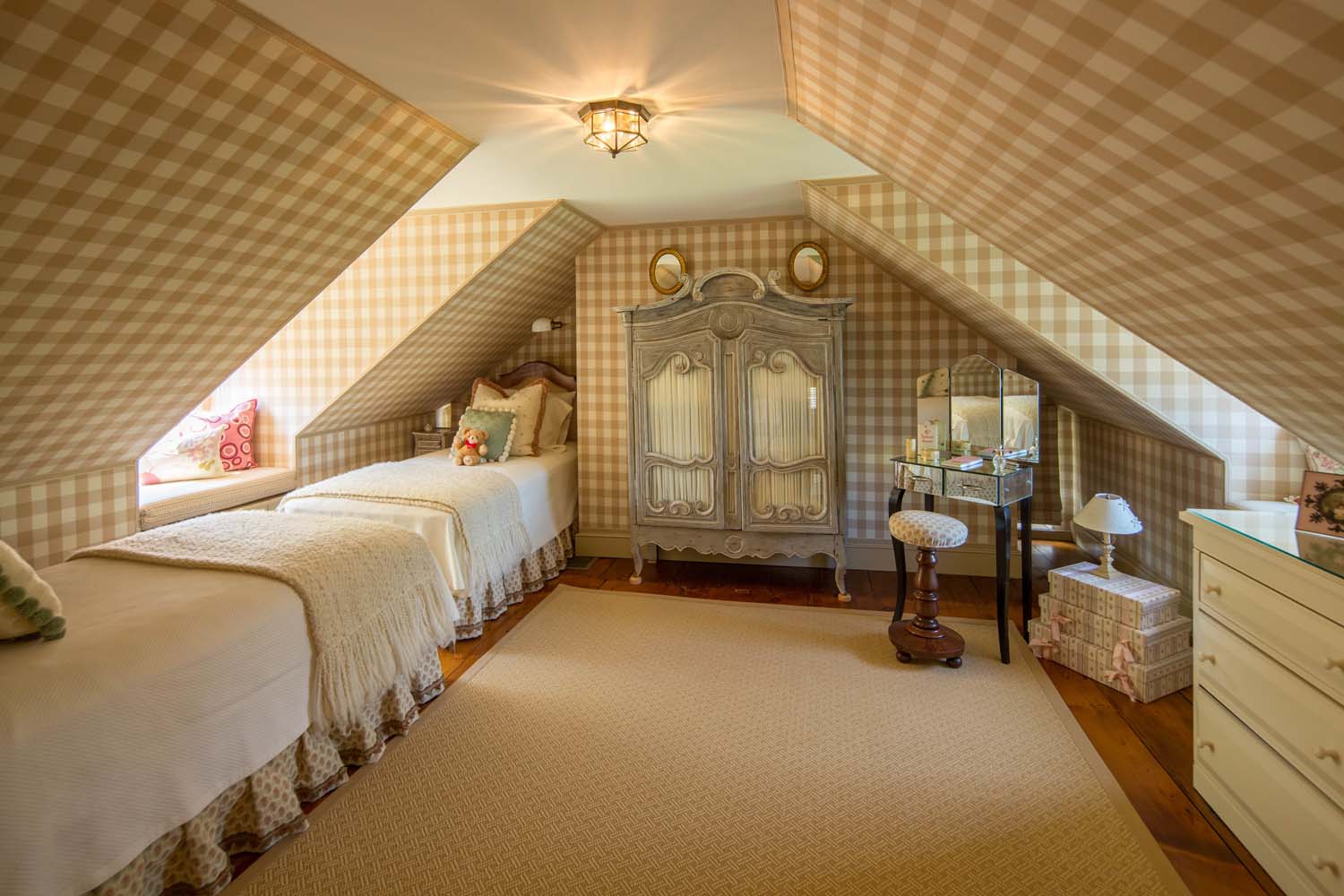
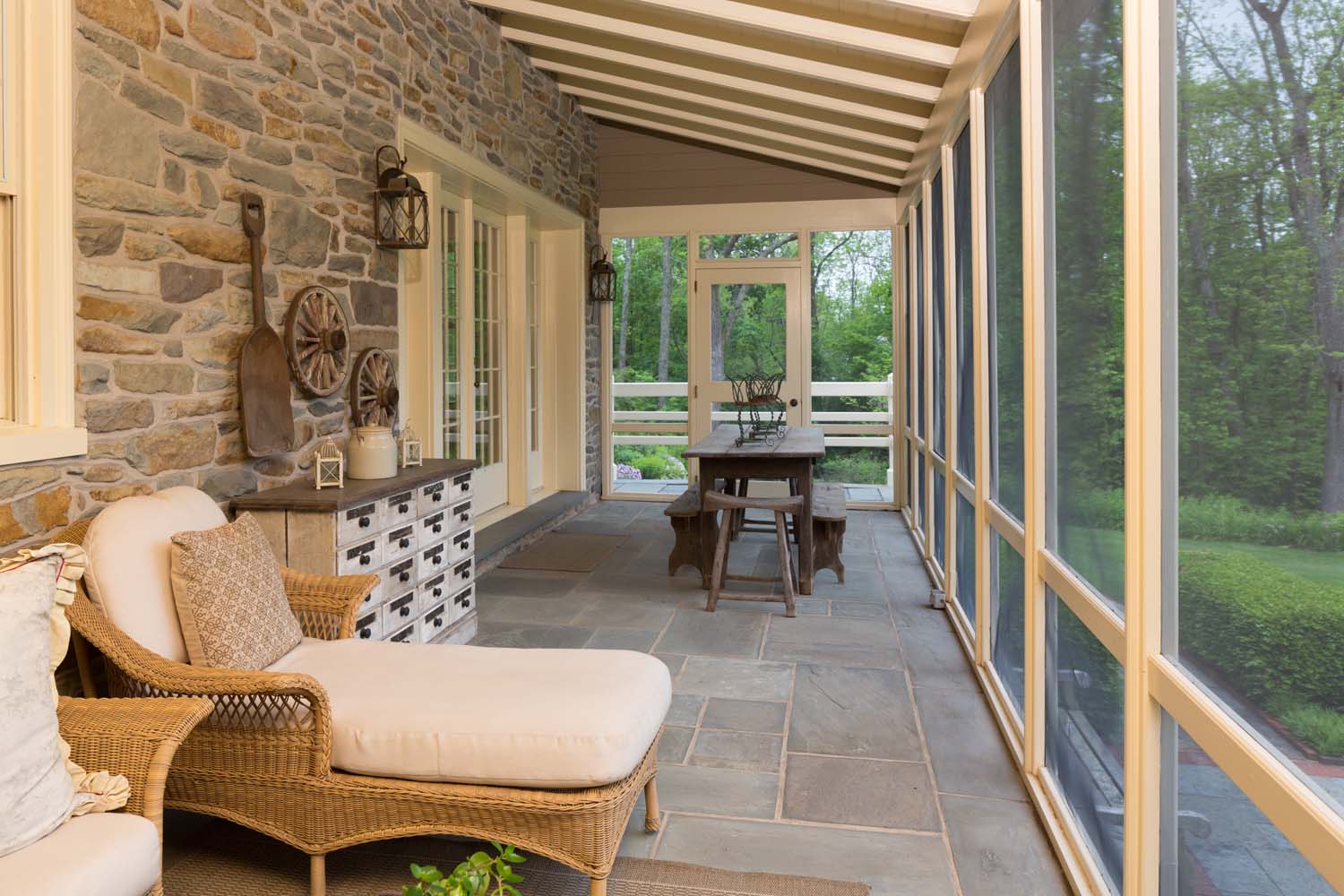
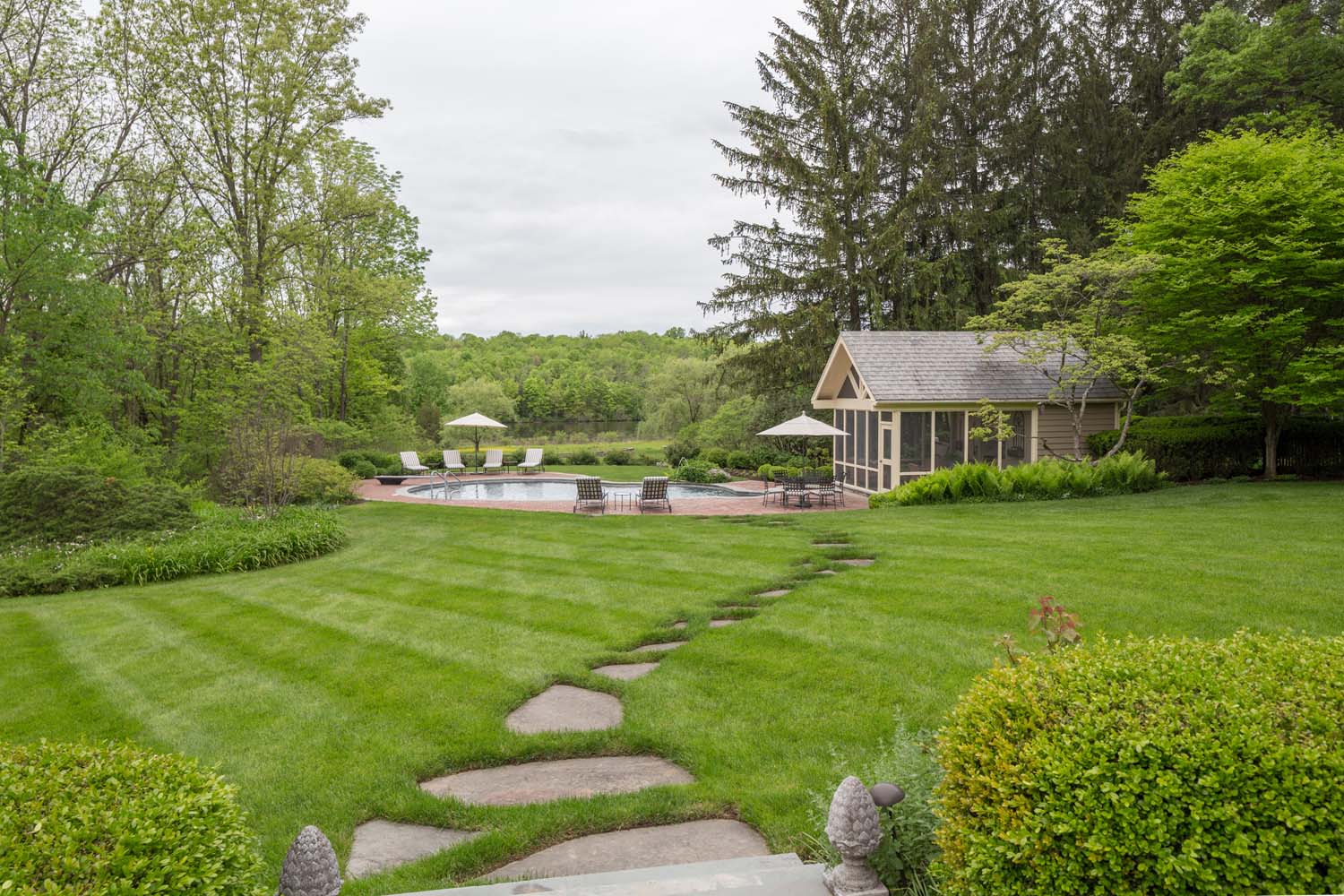
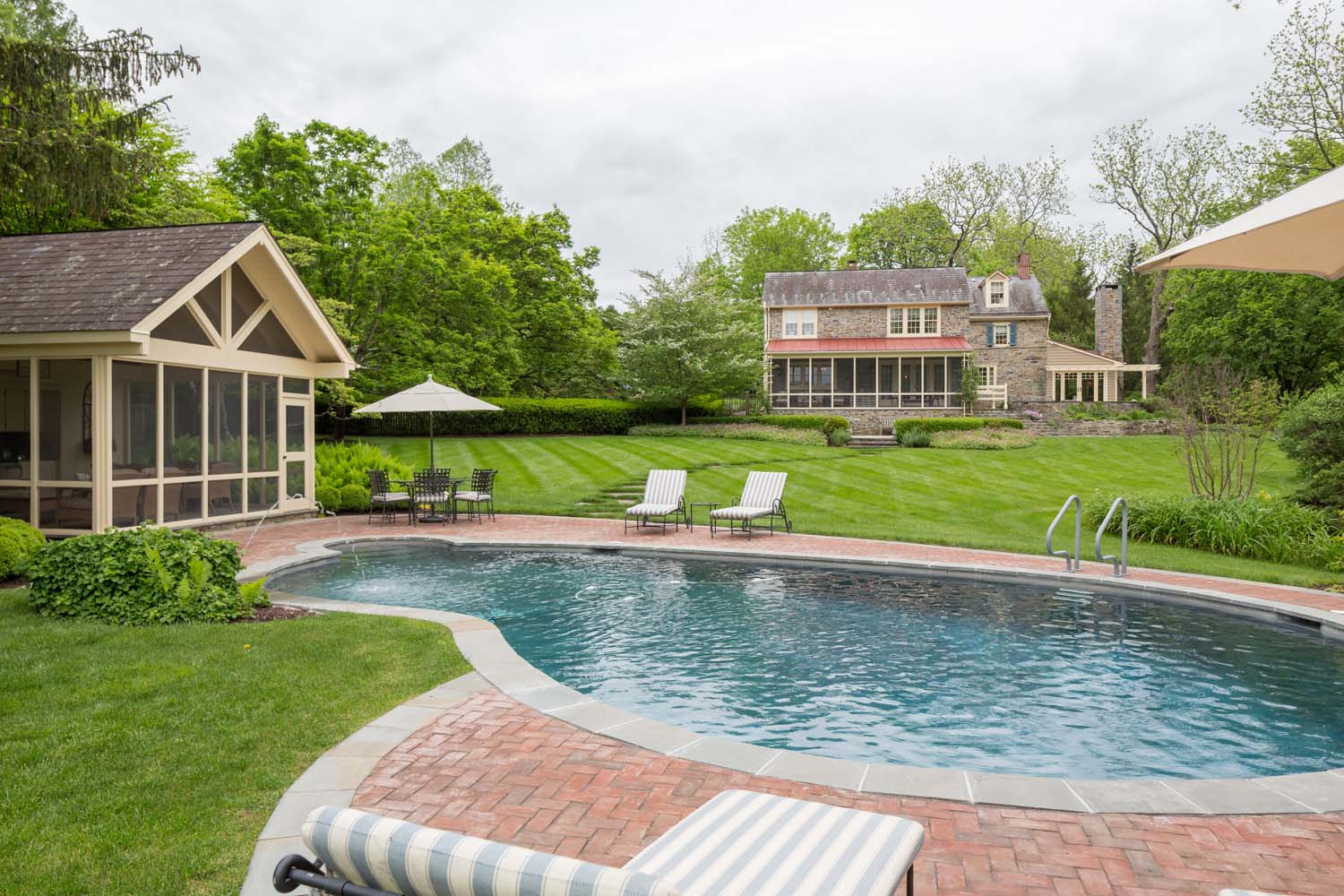
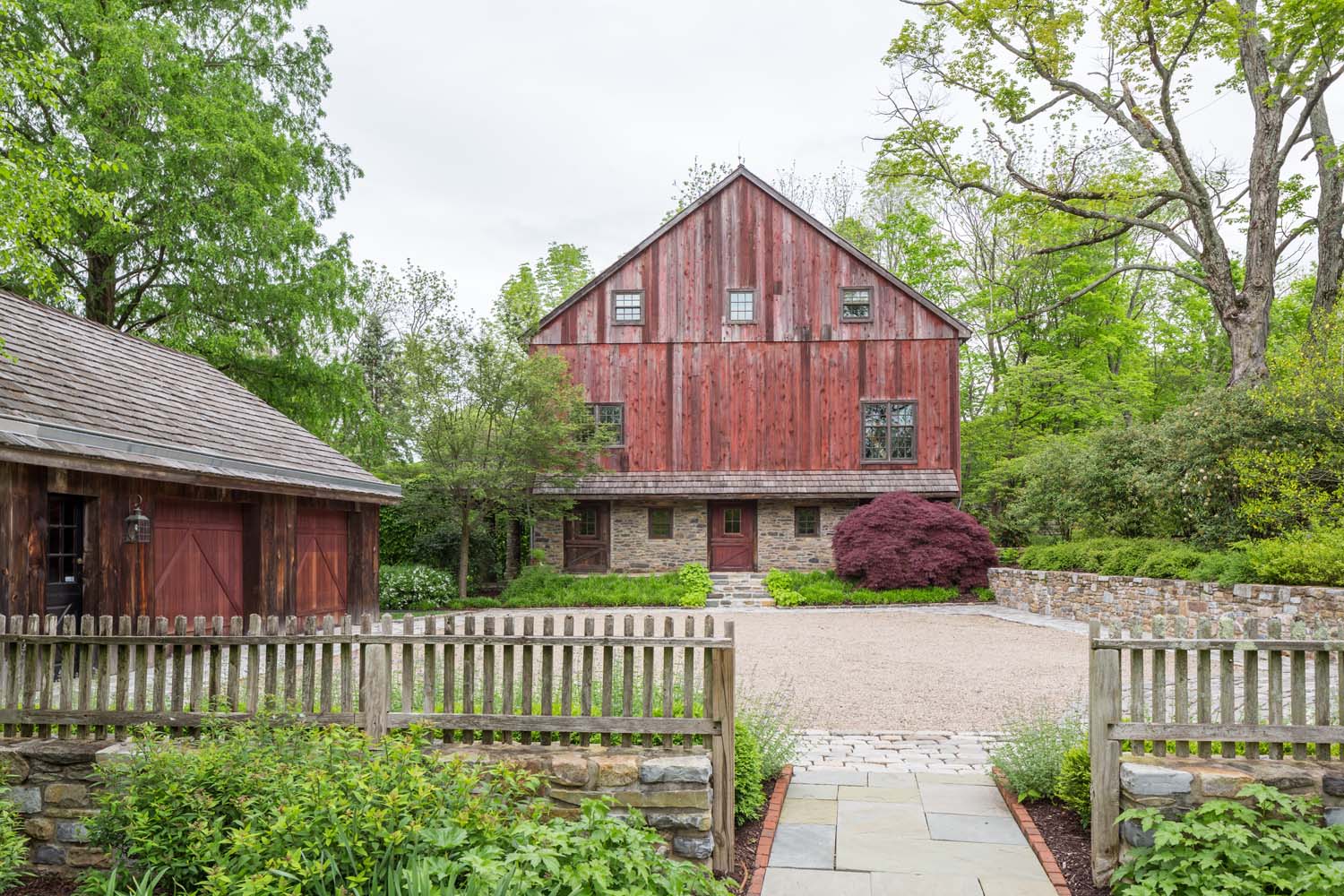
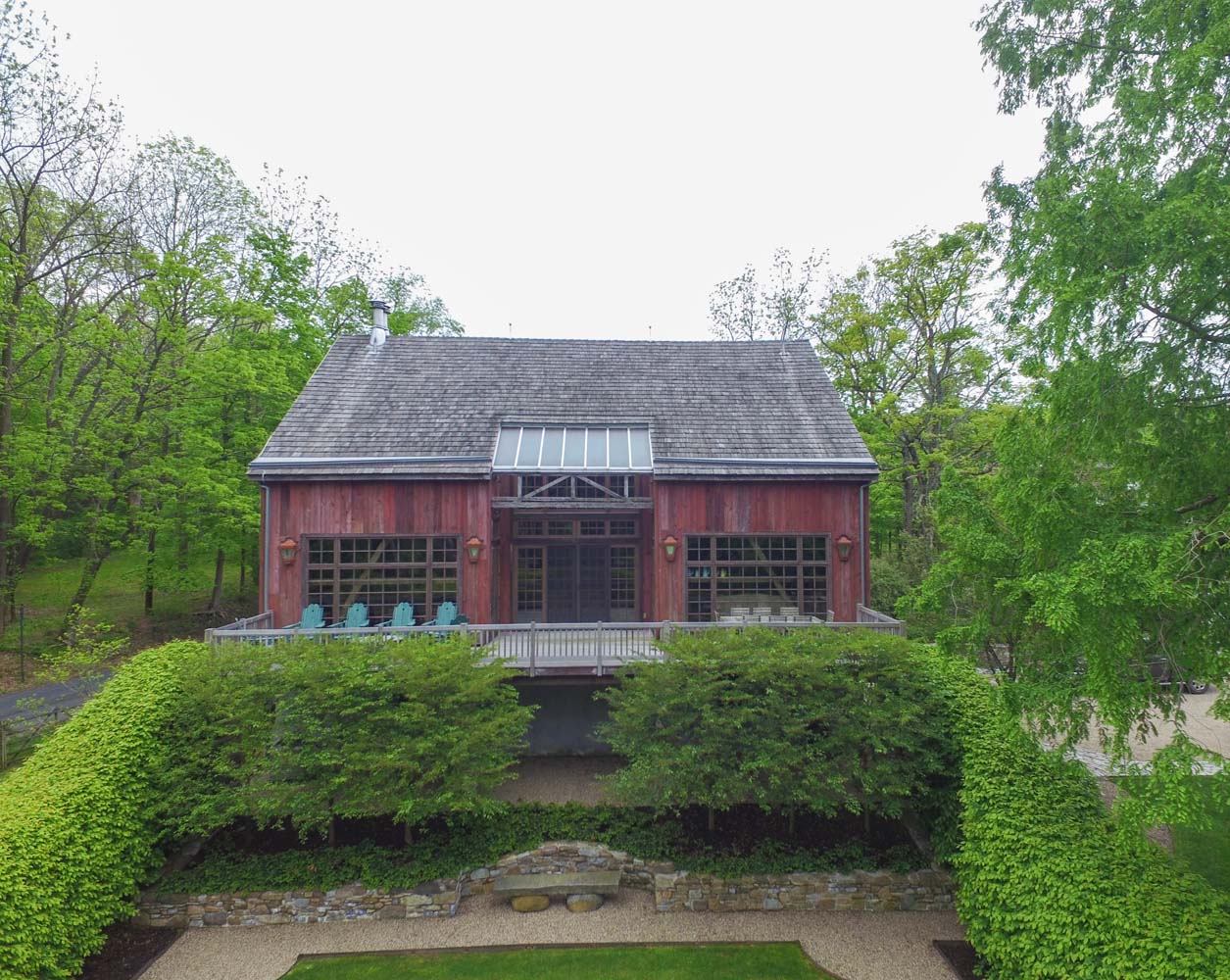
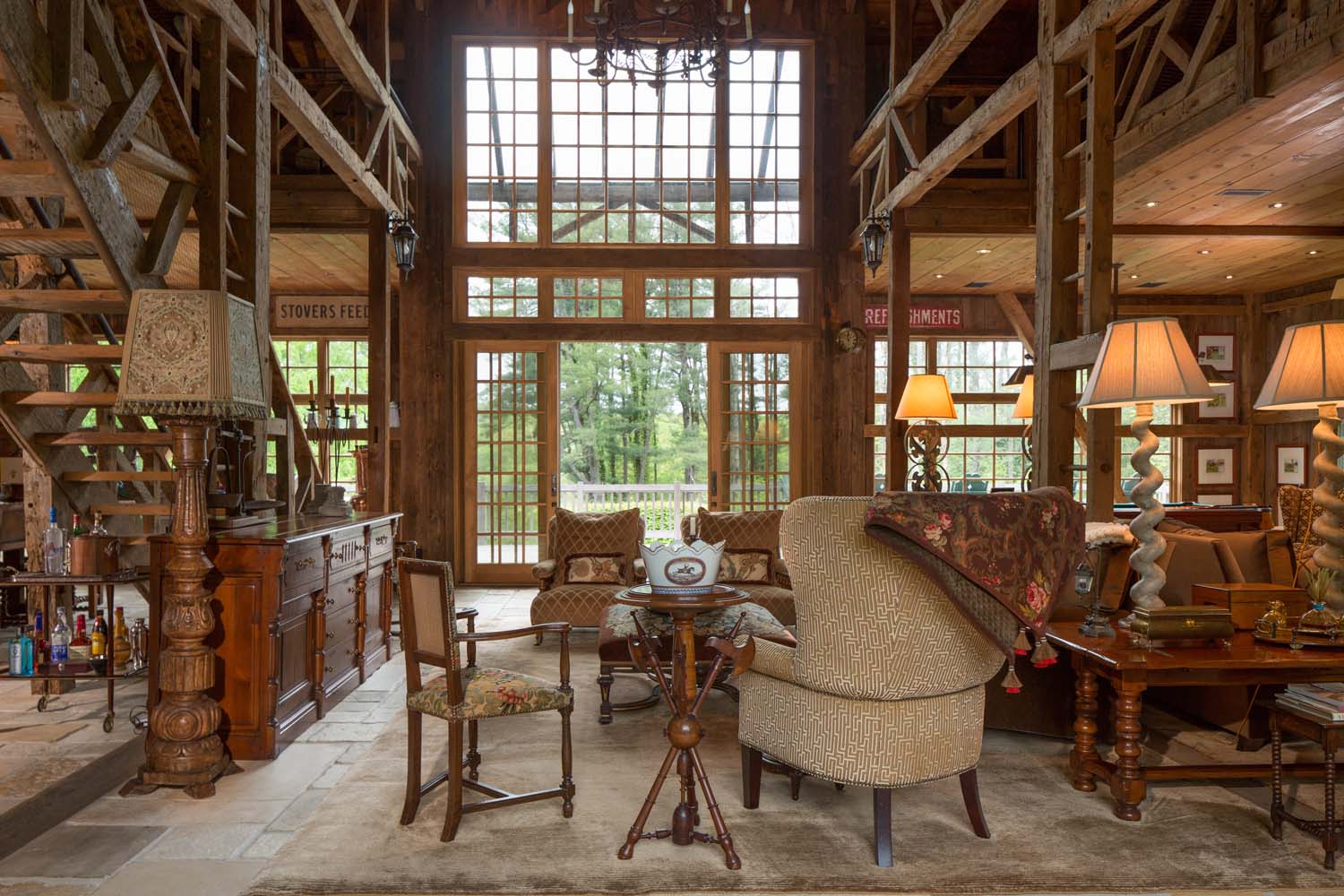
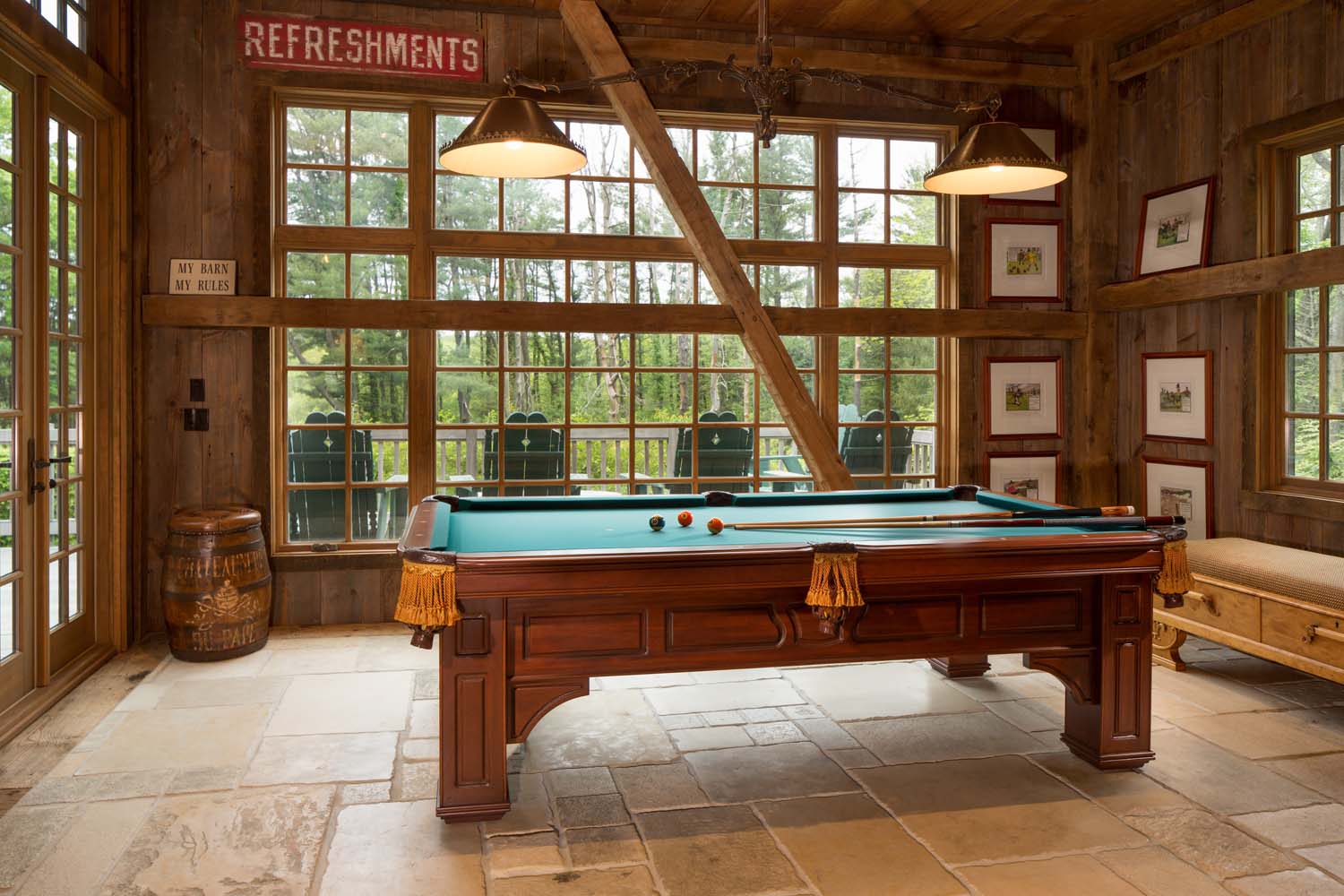
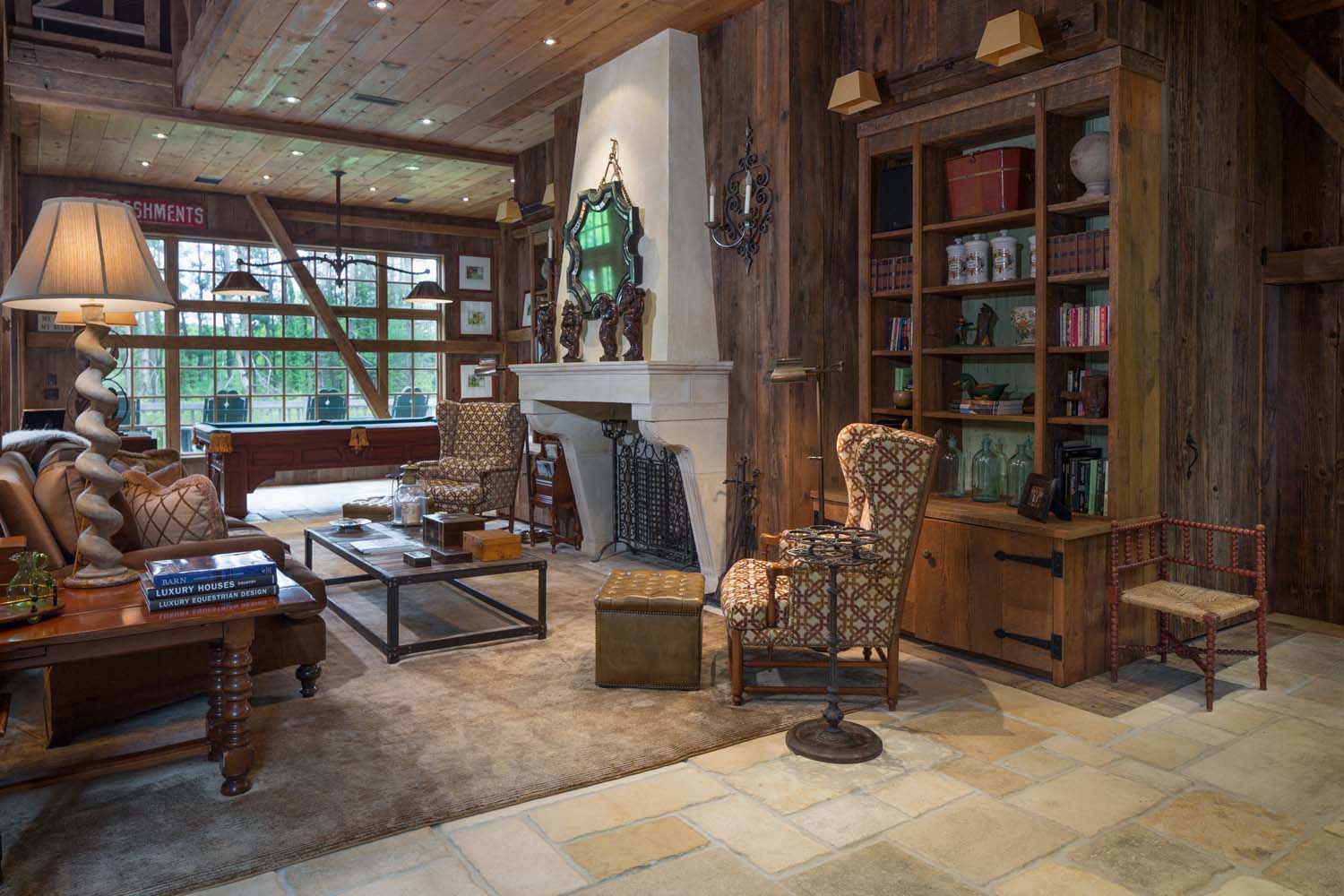
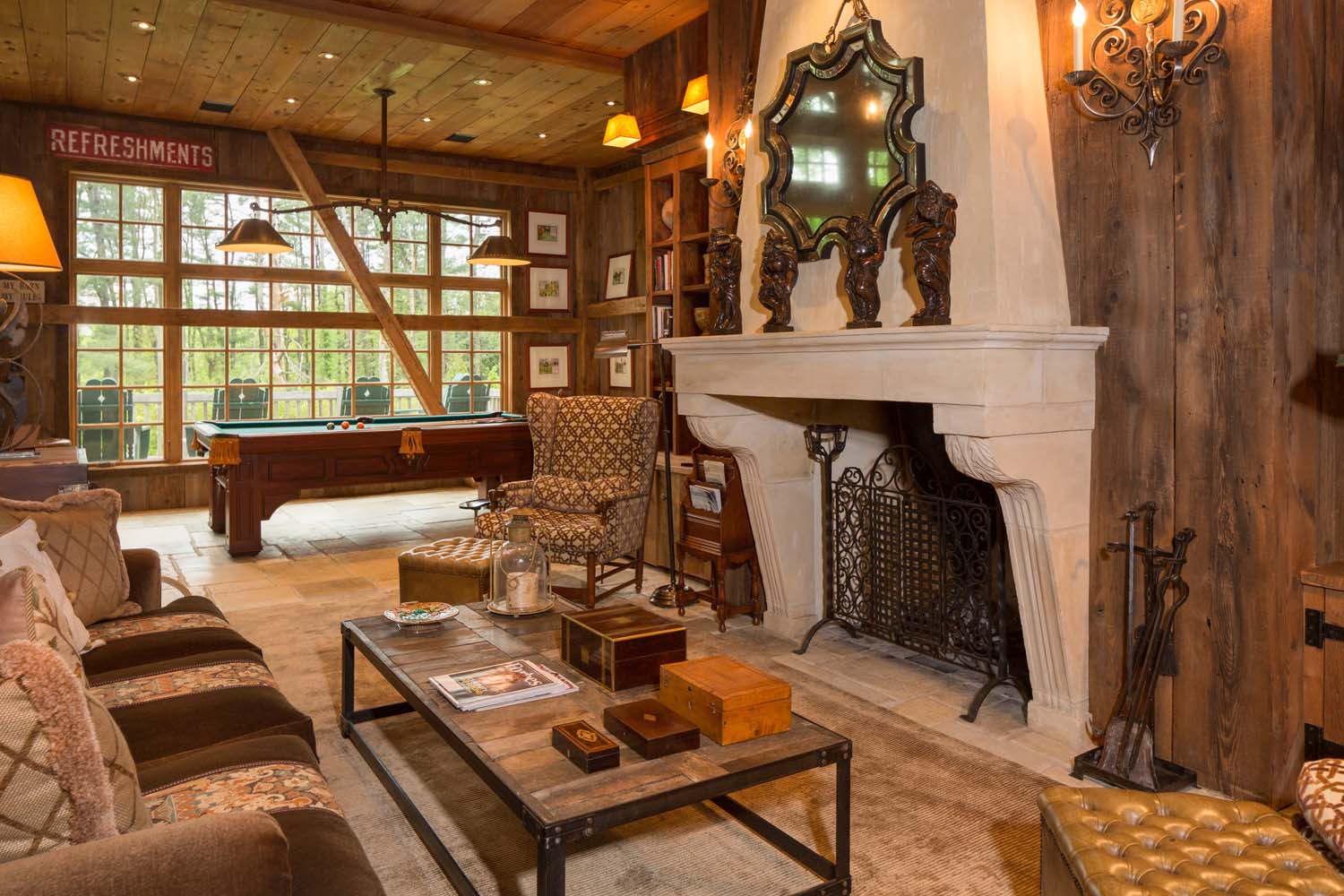
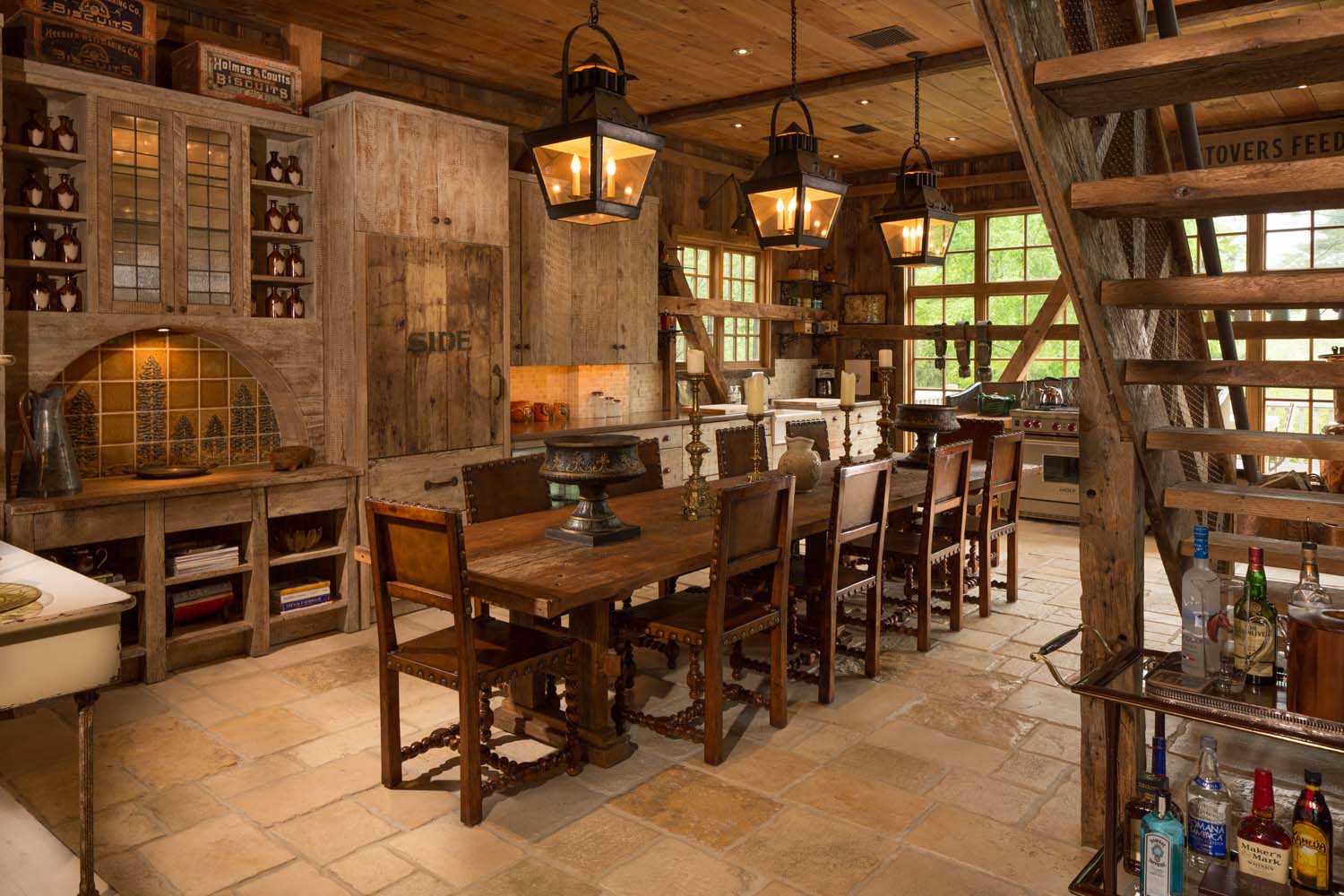
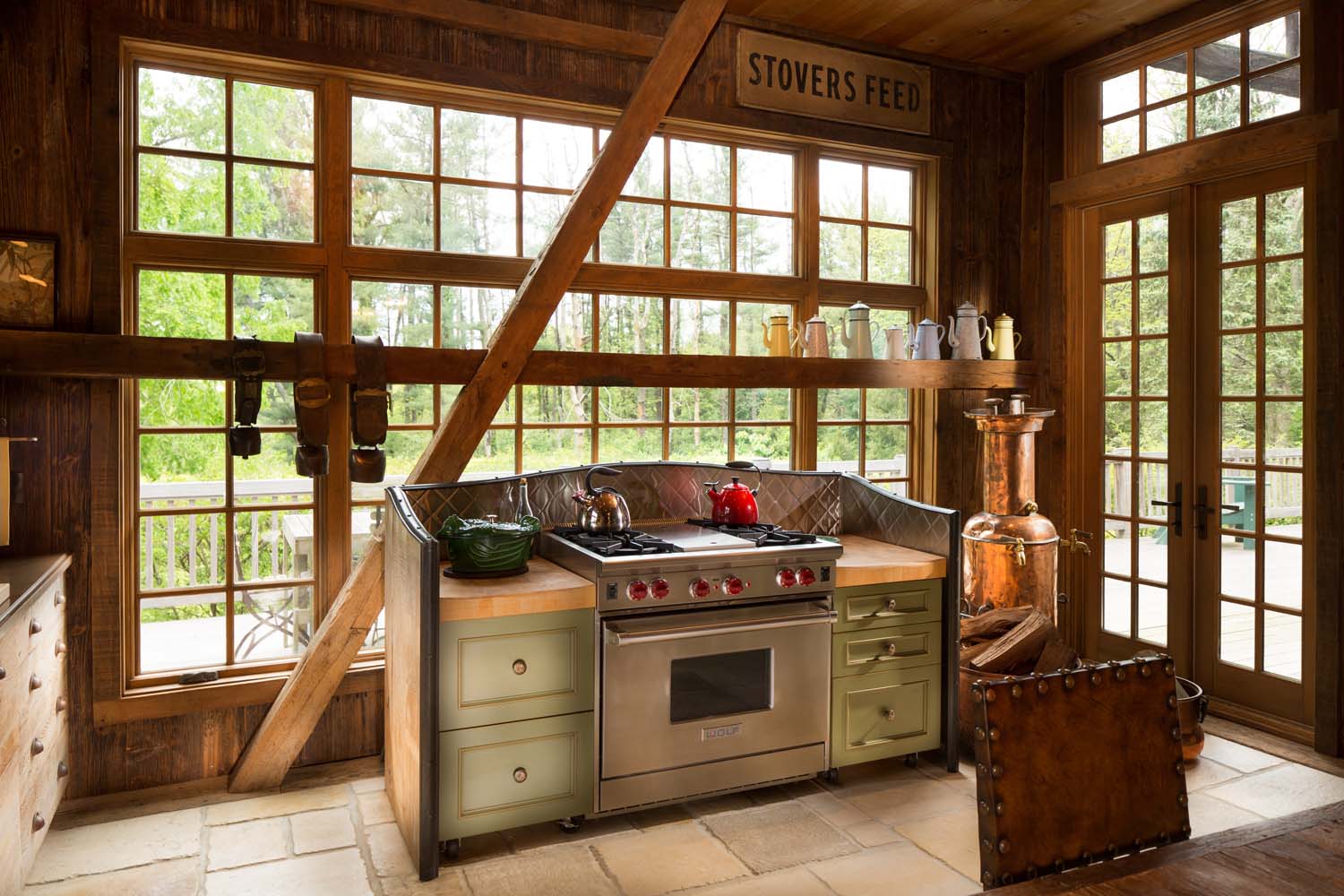
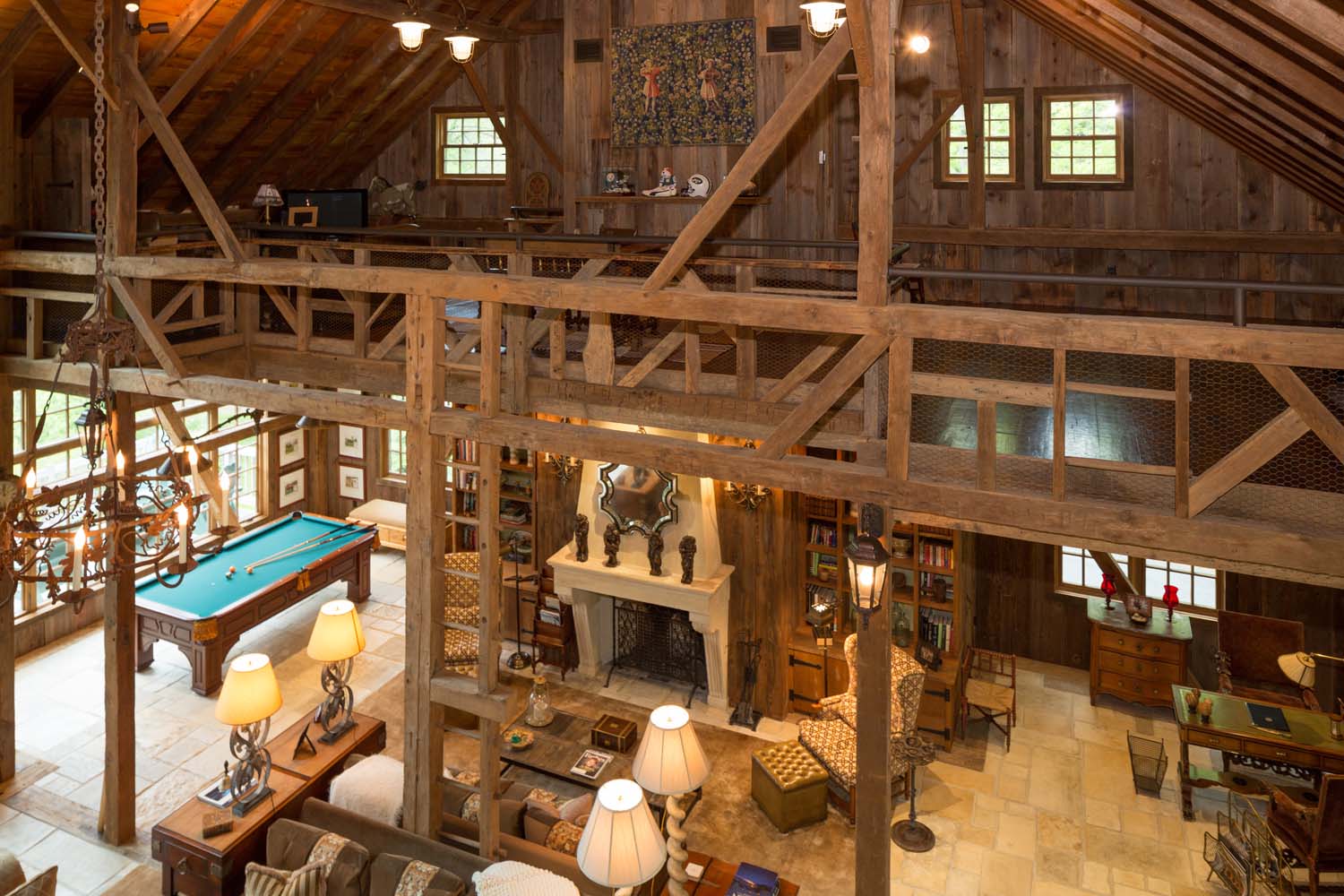
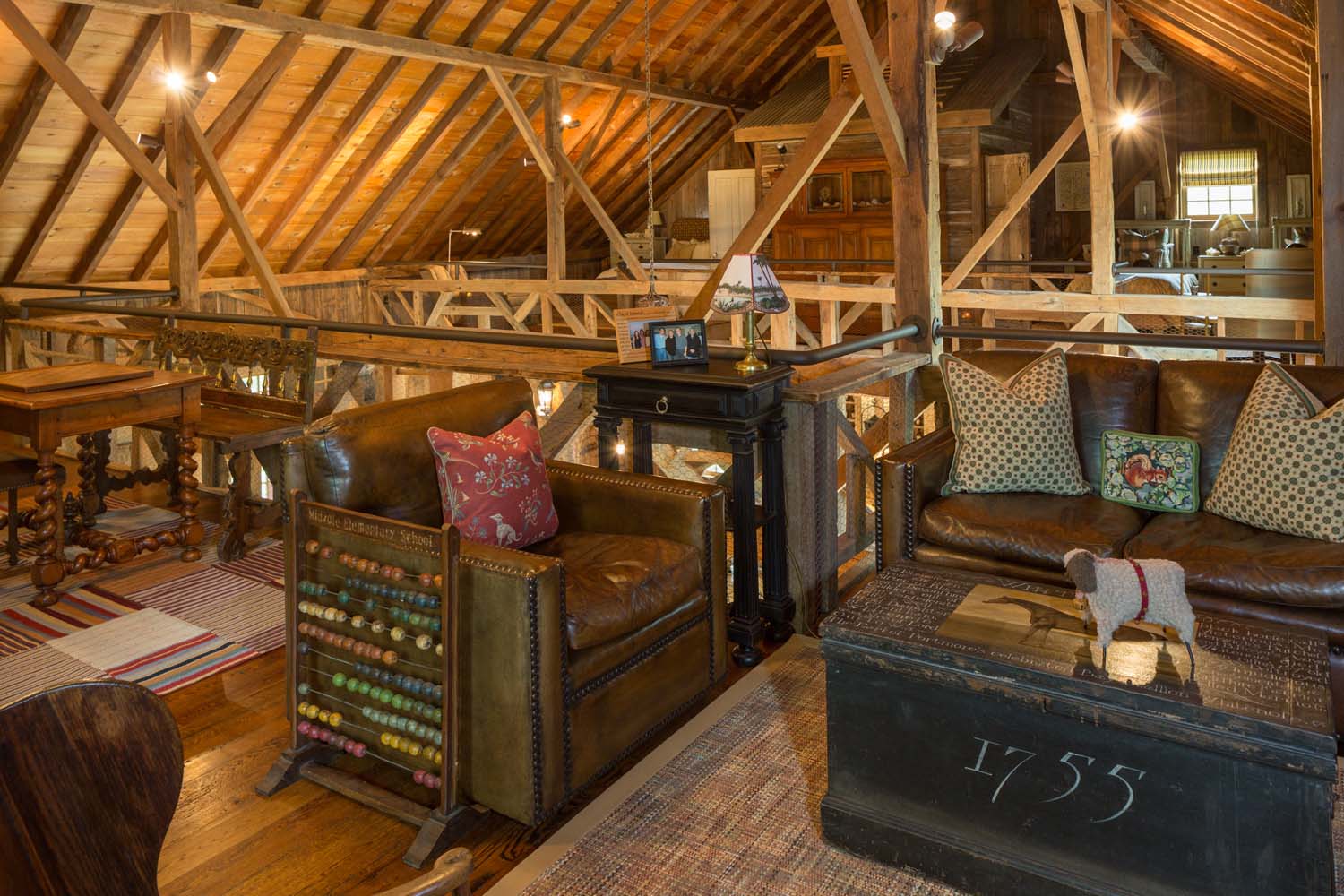
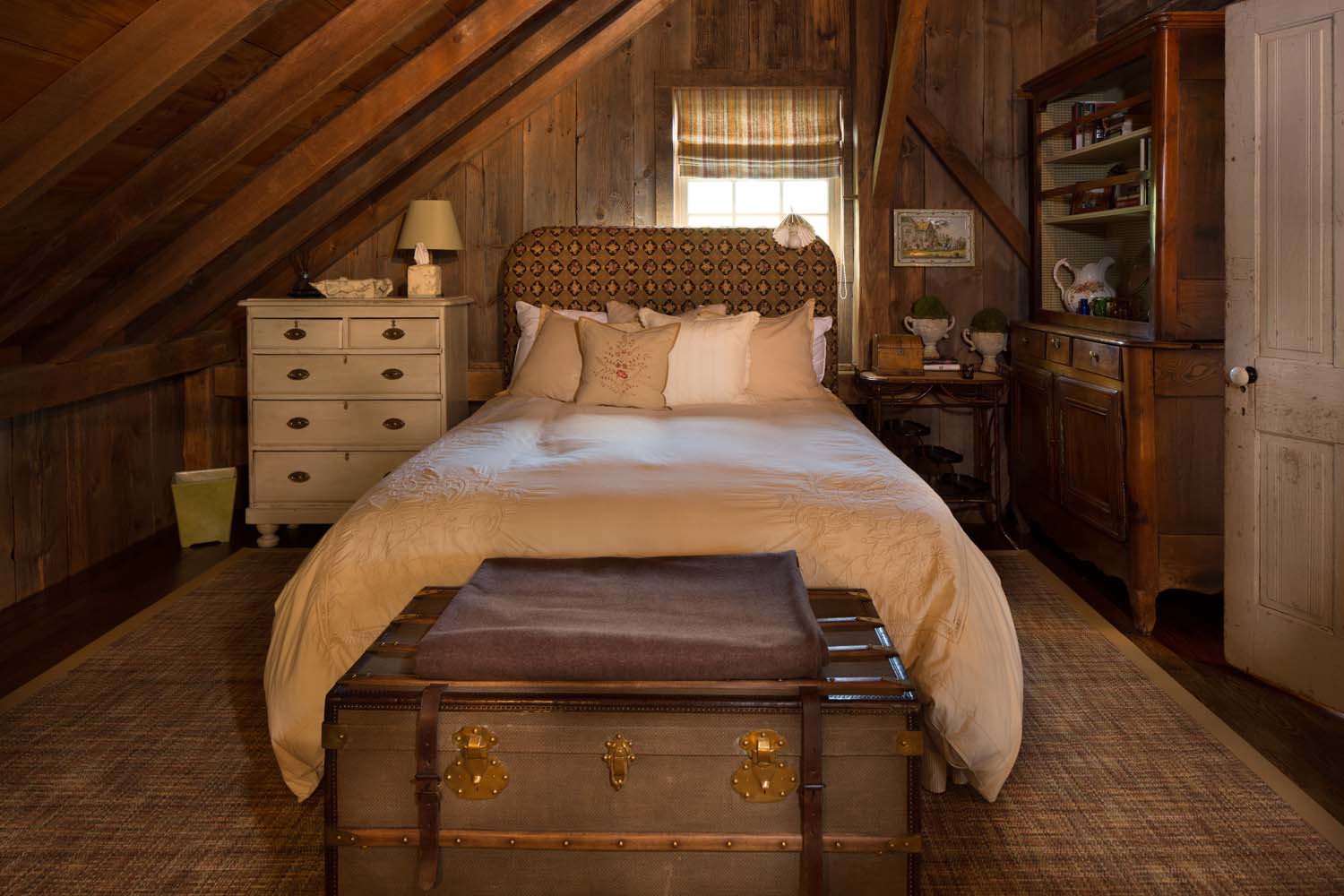
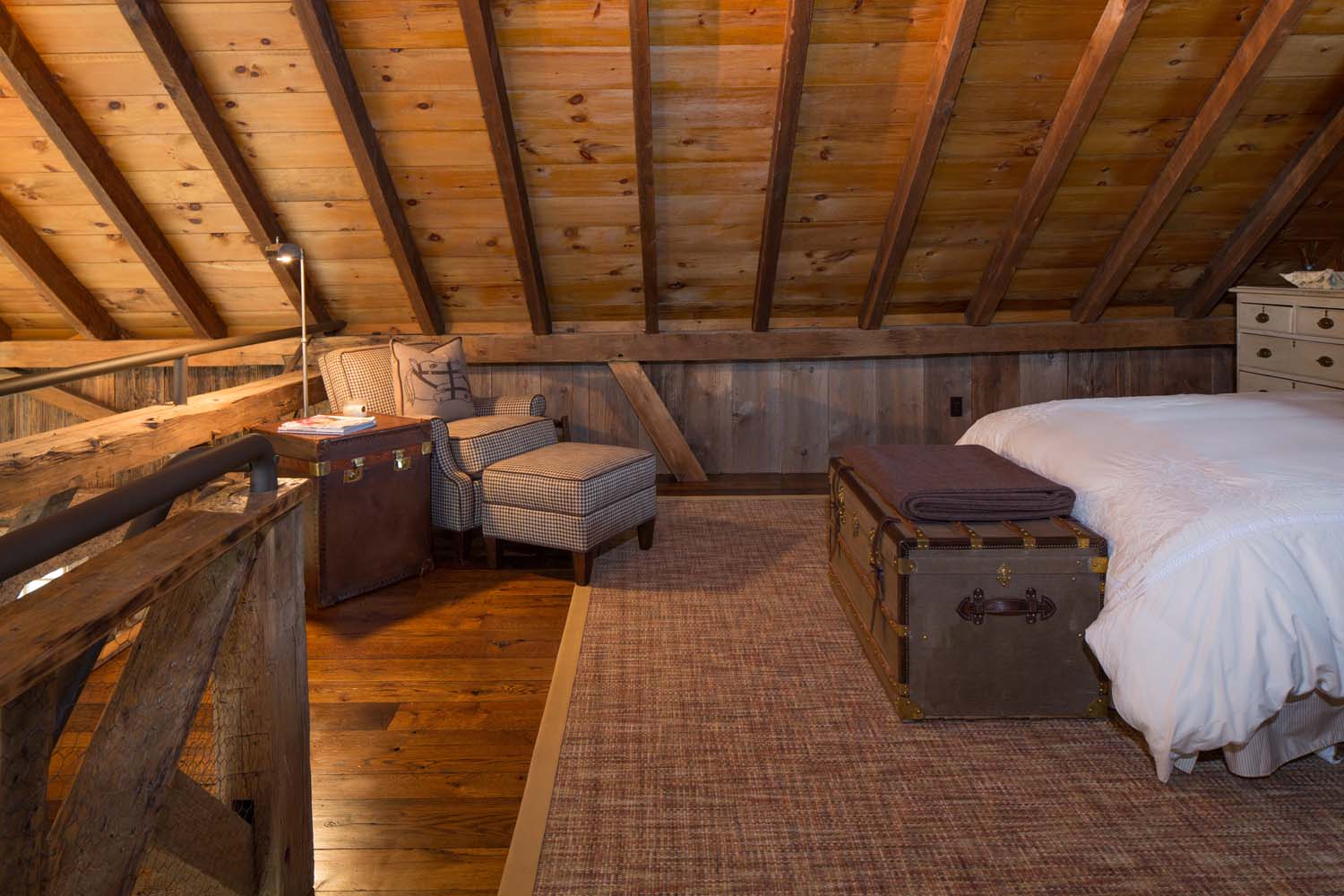
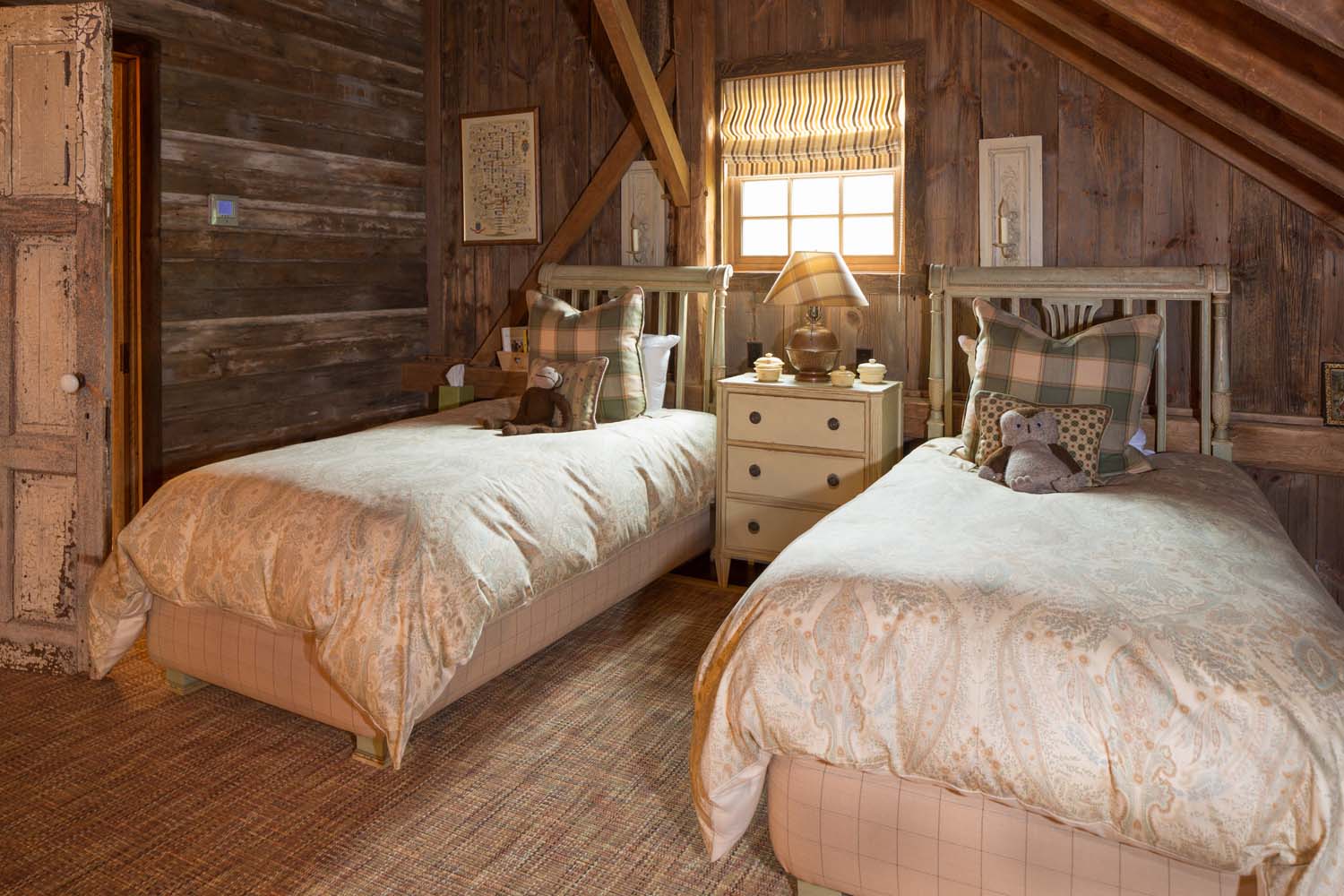
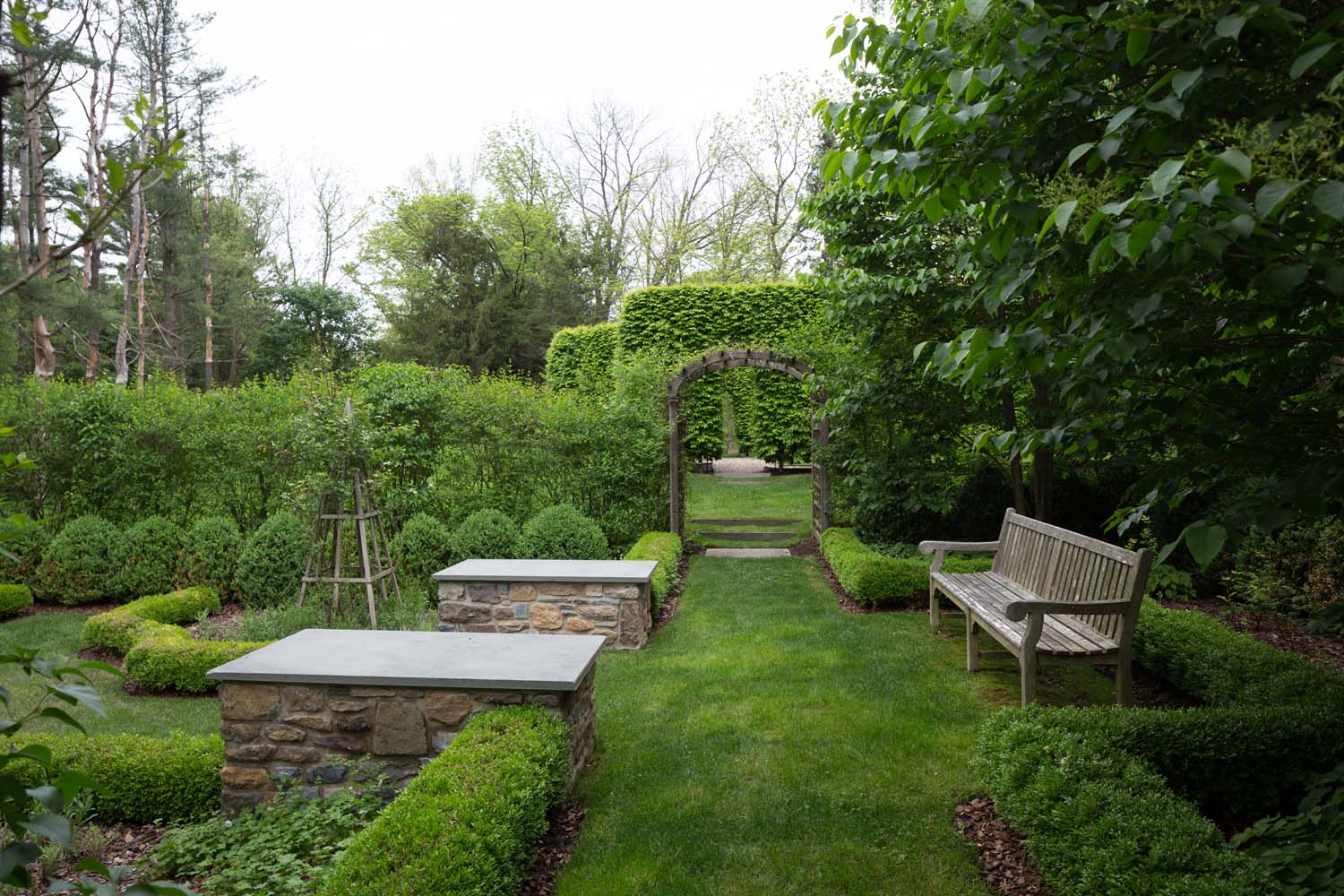
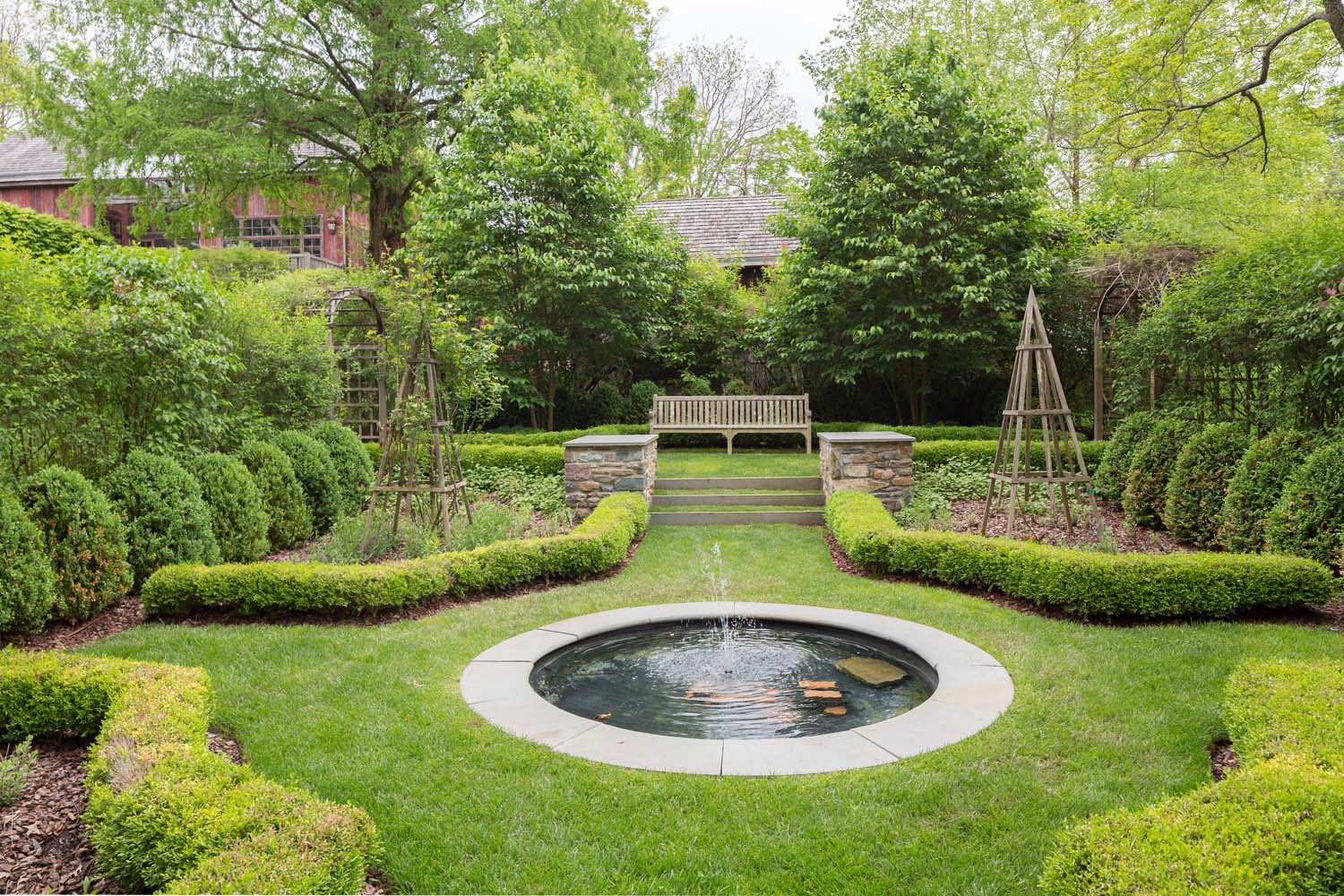
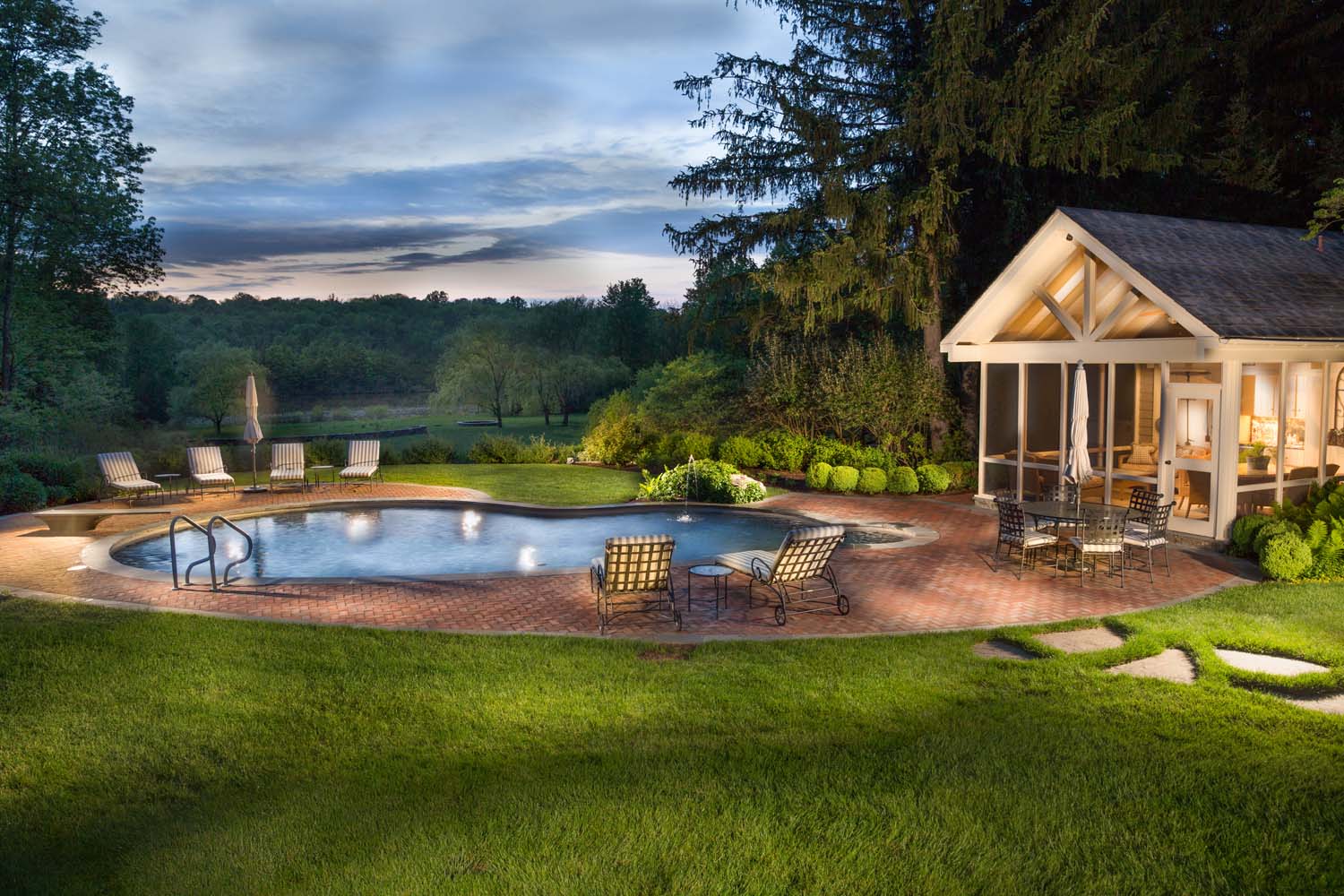
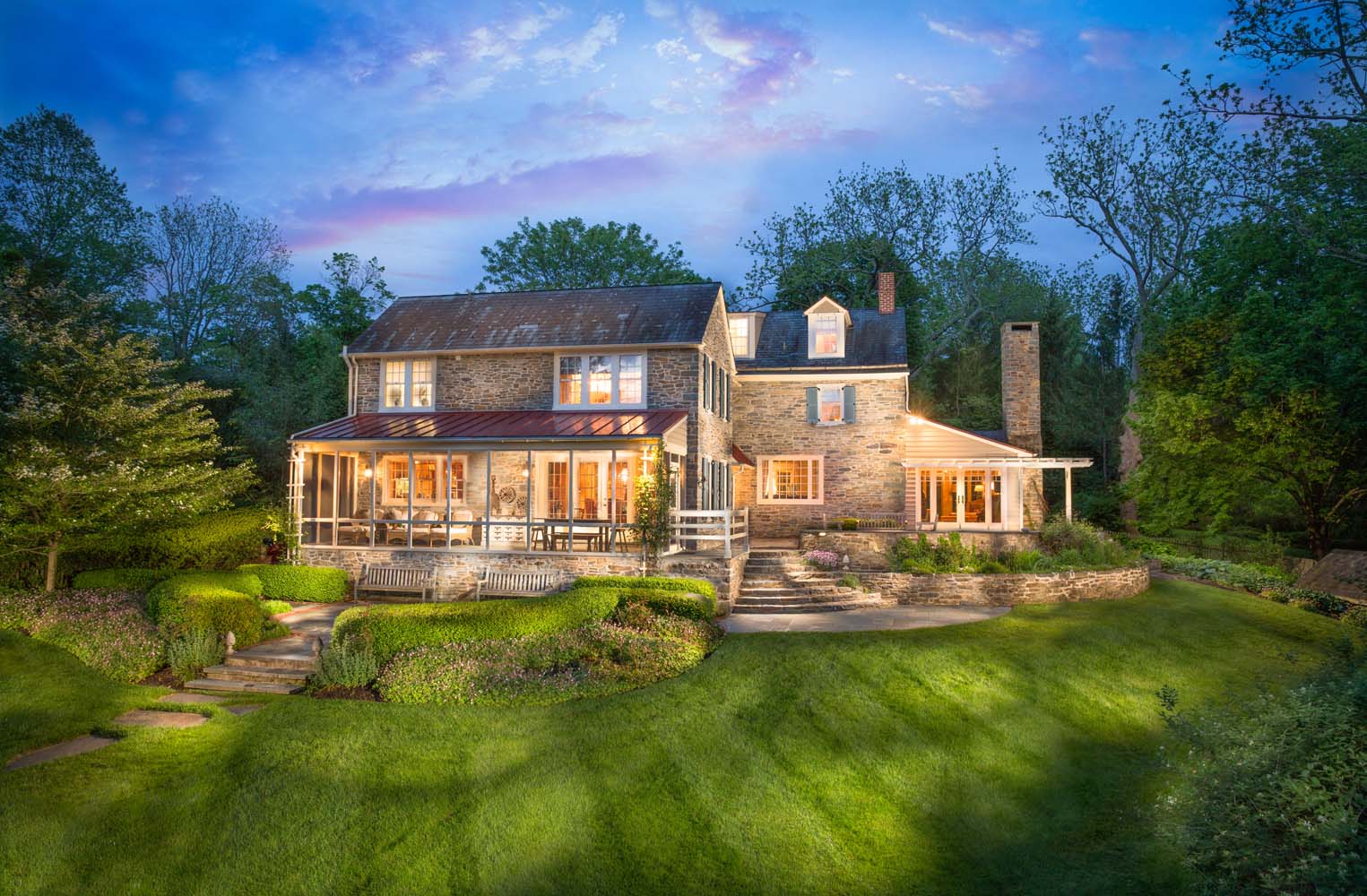
Owners Michele and Michael Friezo also remade the nearly 8-acre grounds, adding formal and informal gardens. They planted more than 300 types of flowers in a meadow with a fire pit that overlooks a private lake.
The pleasure of watching the sun on autumn evenings is rivaled only by watching the snow fall while sitting by a roaring fire in the barn, Michele Friezo said.
The couple also renovated the estate’s crumbling horse barn, which is a rustic version of the main home. Concerned that adding insulation would take away the barn-like appearance of the structure’s interior, they bought a second barn and installed it inside the first one.
The barn’s massive French windows face the meadow and the lake, offering front-row seats to the nesting of two bald eagles who live in a nearby grove of pine trees.
The estate sold for $2.575 million with Caryn Black of Kurfiss Sotheby’s International Realty.
Photos by Juan Vidal Photography.
Related:
- Living Legacy: Making a Family Home in a Historic Mansion
- This Historic Connecticut Home Once Hosted a Dancing George Washington
- The Childhood Dream Home Turned Dream Come True
Originally published December 2016.
via Zillow Porchlight http://bit.ly/2FYWCTG
Living Legacy: Making a Family Home in a Historic Mansion
Noah and Dennis Brodsky didn't set out to buy a historic home.
They were just looking for a place that could provide a bit more room for their growing family than their 800-square-foot Manhattan apartment. But as soon as they saw this Nyack, New York, home, they knew it was meant to be.
The Gothic Revival house hit all the marks they were looking for and more: It’s spacious with a gorgeous view of the Hudson River, and it’s within walking distance to town.
A powerful history
Discovering the home's history was an added bonus.
Built in the 1850s, the 6,000-square-foot house was once owned by Thomas Edison's lab assistant, William H. Hand. Hand and Edison worked together often in the barn, making significant technological improvements to the battery.
The house was in excellent condition when the Brodskys made the purchase in 2014. "What we really spent time doing was making it feel like ours," explains Noah.
They changed the colors, added their own furniture and built a nursery for their baby. As an homage to the history of the house, they replaced the standard light bulbs in the kitchen with Edison bulbs.
"That personalization is really where we put our energy," Noah remarks.
Quirks and challenges
While the home has been modernized, many historic touches - like original handmade crown moldings and a maid's bell system that no longer works - remain.
Noah says that they also find relics hidden around the property. For example, in the backyard, they discovered an old smokehouse and a rusted animal-pulled mower buried in the ground.
Living in a historic home can have its quirky challenges. Getting Wi-Fi throughout the house is "constantly frustrating" because of all the brick. And after the couple’s first chilly winter, they added insulation in the attic to help with the heating.
Tips for historic home buyers
Dennis advises overestimating maintenance costs. If something needs to be restored or fixed in a historic home, often you can't simply call a contractor.
Additionally, the couple didn't anticipate the impact that having a home on the National Registry of Historic Places would have on their insurance costs.
"But it's a lovely house," says Noah, and the two are relishing creating new family traditions in it.
Related:
- This Historic Connecticut Home Once Hosted a Dancing George Washington
- 2019 Design Forecast: What’s In, What’s Out
- This Home Looks Like a Barn (But Has Enough Room to Be a Small Castle)
Originally published November 22, 2016.
via Zillow Porchlight http://bit.ly/2tf1C07
Tuesday, January 29, 2019
This Historic Connecticut Home Once Hosted a Dancing George Washington
Built in 1680 and listed on the National Register of Historic Places, this center hall Colonial home in Old Lyme, Connecticut, is not only a living testament to early American architecture - it's also got a storied past of its own.
The home once served as a storefront during the Revolutionary War and was largely used as the Peck Tavern throughout the second half of the 18th century and early part of the 19th century.
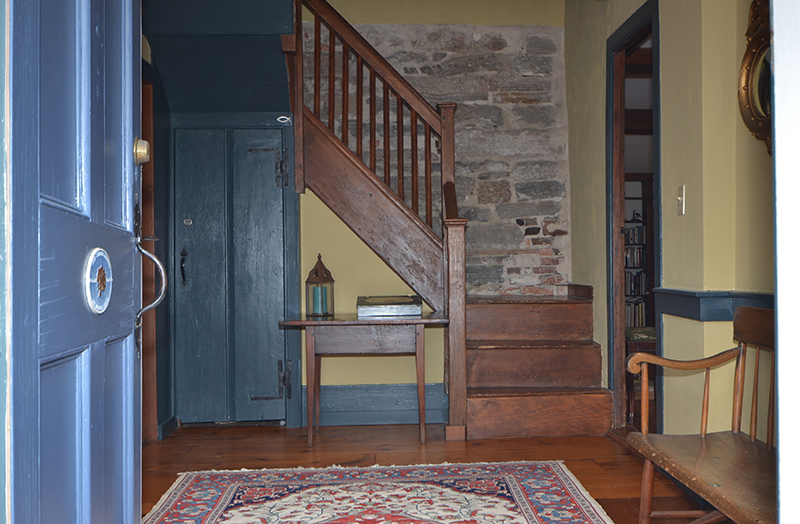
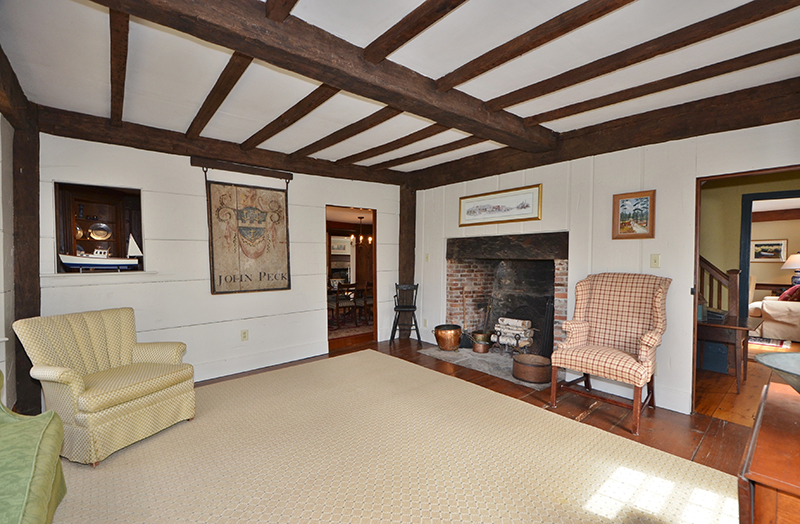
It's even rumored that George Washington stopped by to dance in the former ballroom, which is now used as the master bedroom.
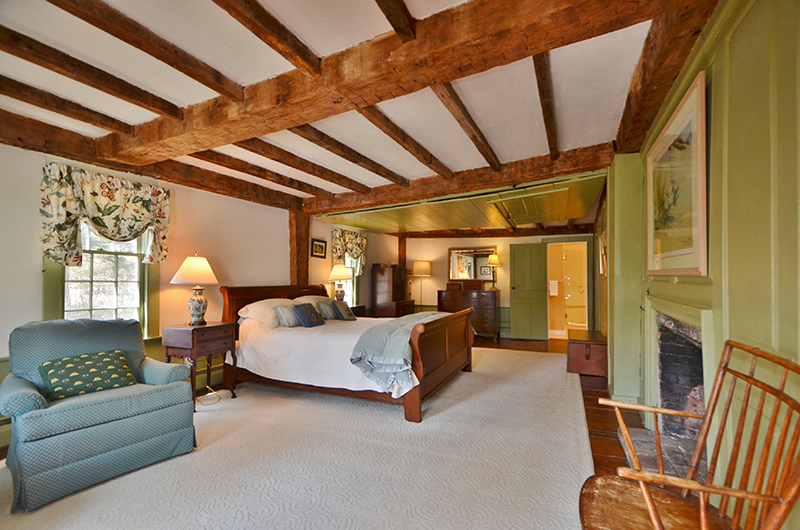
The house was also once headquarters for the Old Lyme Guild, an organization started in the 1930s that exhibited and sold arts and crafts.
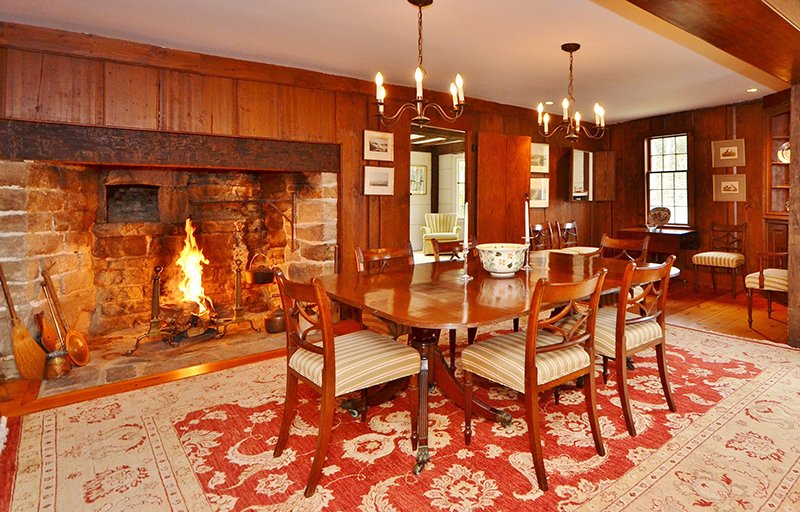
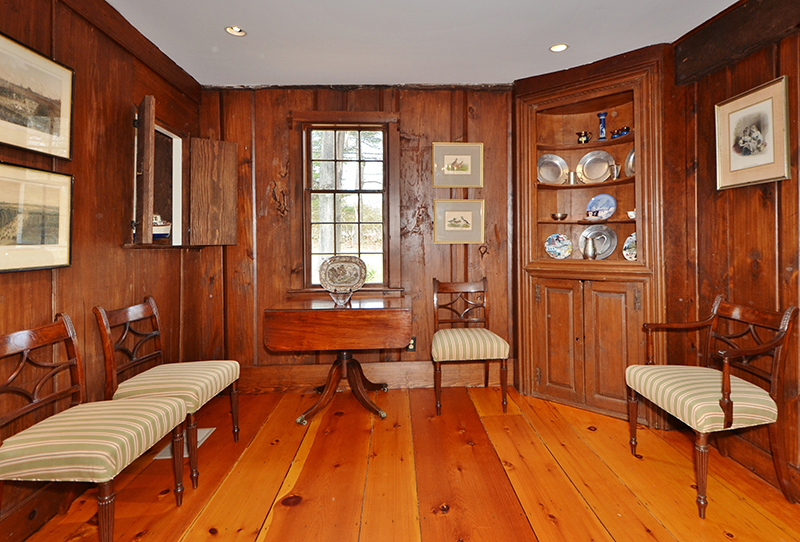
For a period of time, there were even shops for cabinetmakers, bookbinders, metal workers, potters and weavers out in the barn.
"Can you imagine the conversations that have happened in this house? That's something I like to think about," says the homeowner.
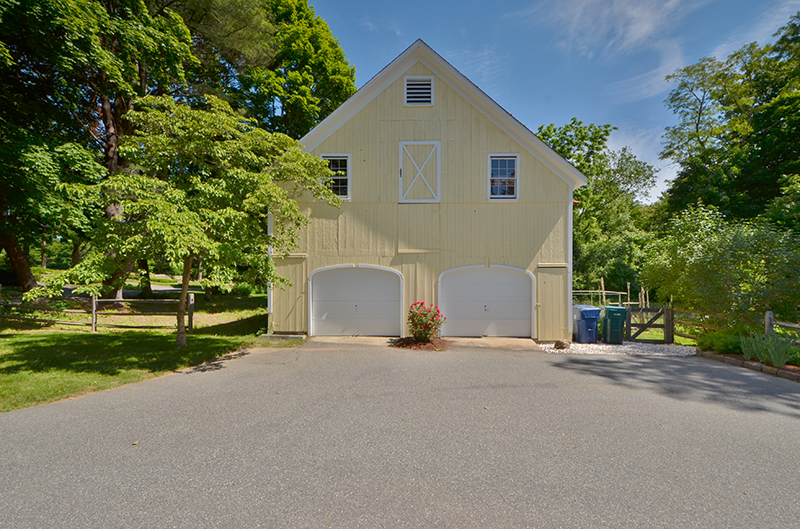
In addition to its spectacular history, the home is also architecturally significant. Hand-hewn beamed ceilings and corner posts, original wide-board floors, and rare double-arched paneling that was specific to the Connecticut River Valley in the 18th century are just a few of the unique features in the home.
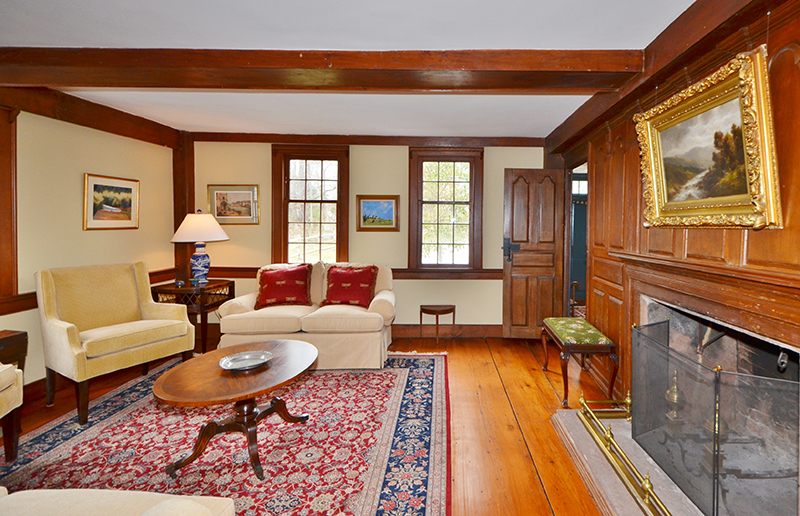
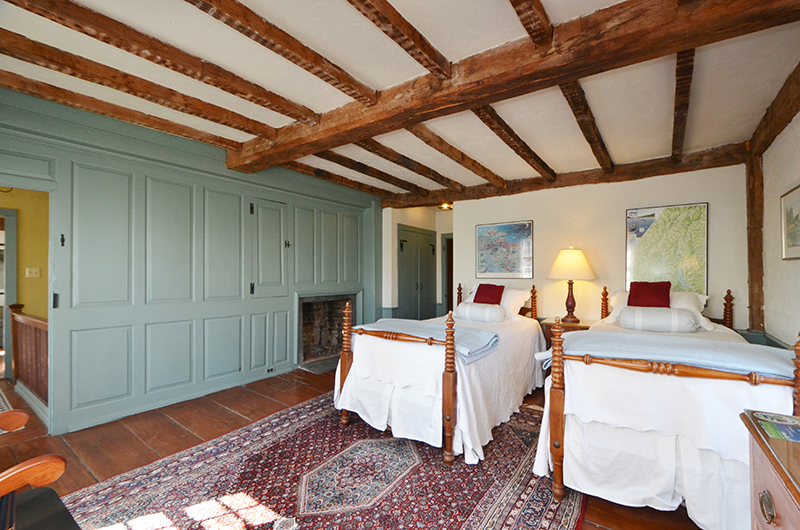
Updated for modern living (yet still keeping the historical integrity), the home now has geothermal heating and cooling, a modern kitchen and updated bathrooms, and plenty of space for entertaining.
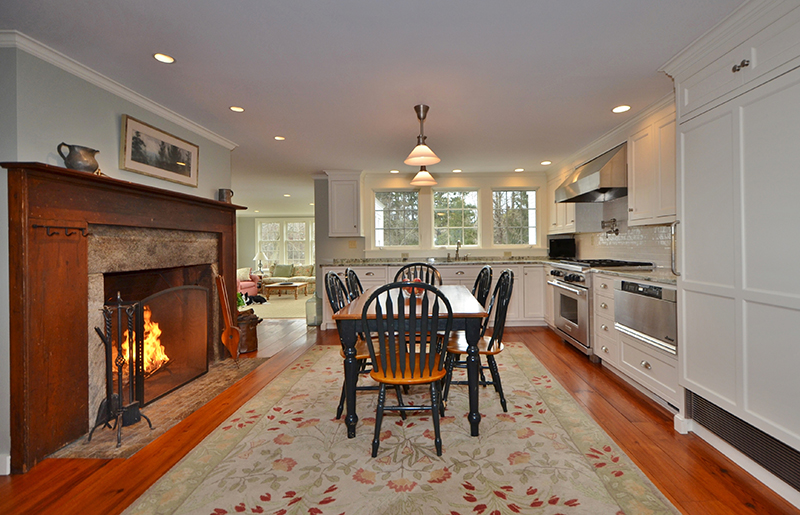
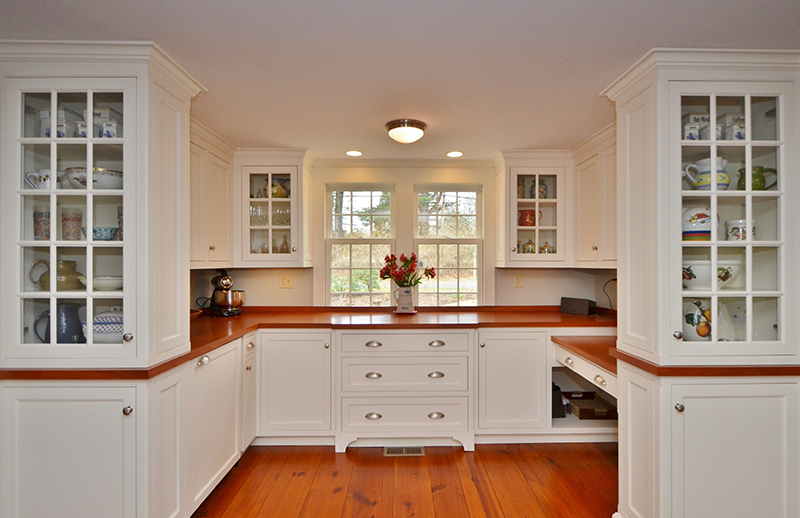
"It's been a wonderful house to share with friends and family," says the homeowner.
The home is listed for $1.075 million by William Pitt Sotheby's International Realty.
Photos courtesy of Peter Harron.
Related:
- 1800s Estate Proves History Is Anything But Drab
- Small-Town Charm: 8 Homes for Sale in Less Populated Areas
- A Park Slope Townhome That Went From ‘Mess’ to Masterpiece
Originally published July 2018.
via Zillow Porchlight http://bit.ly/2G7KIWI